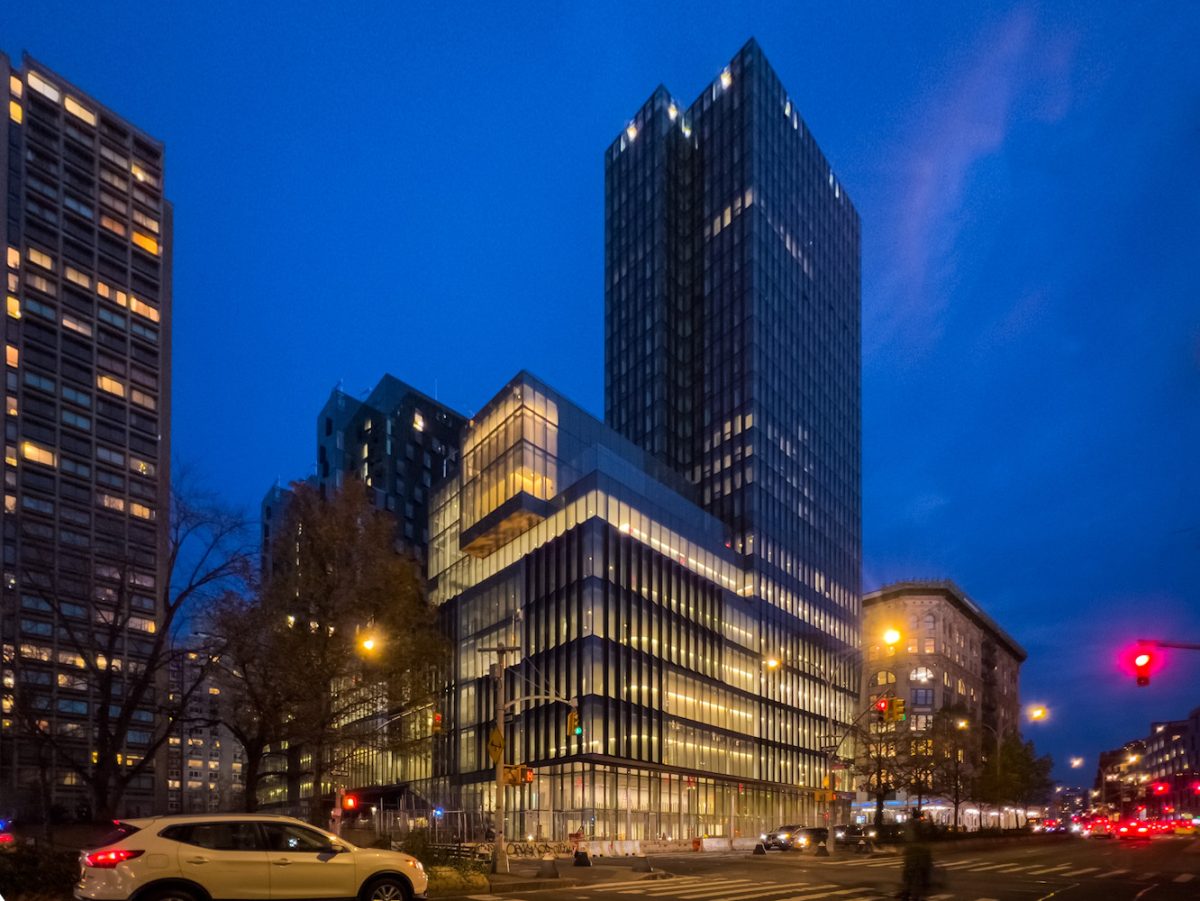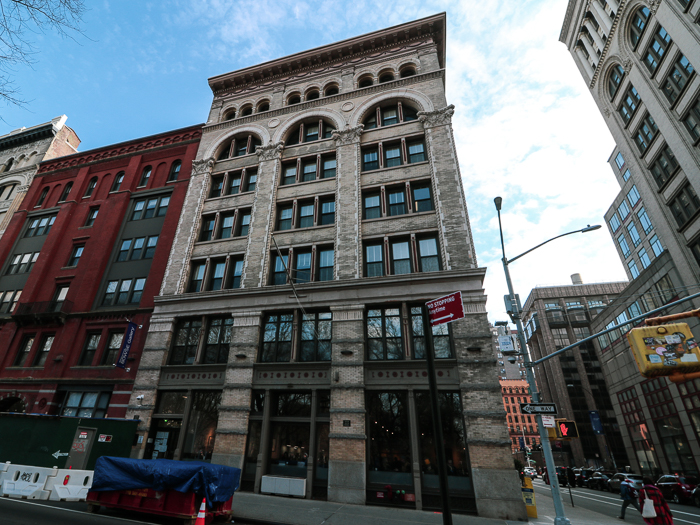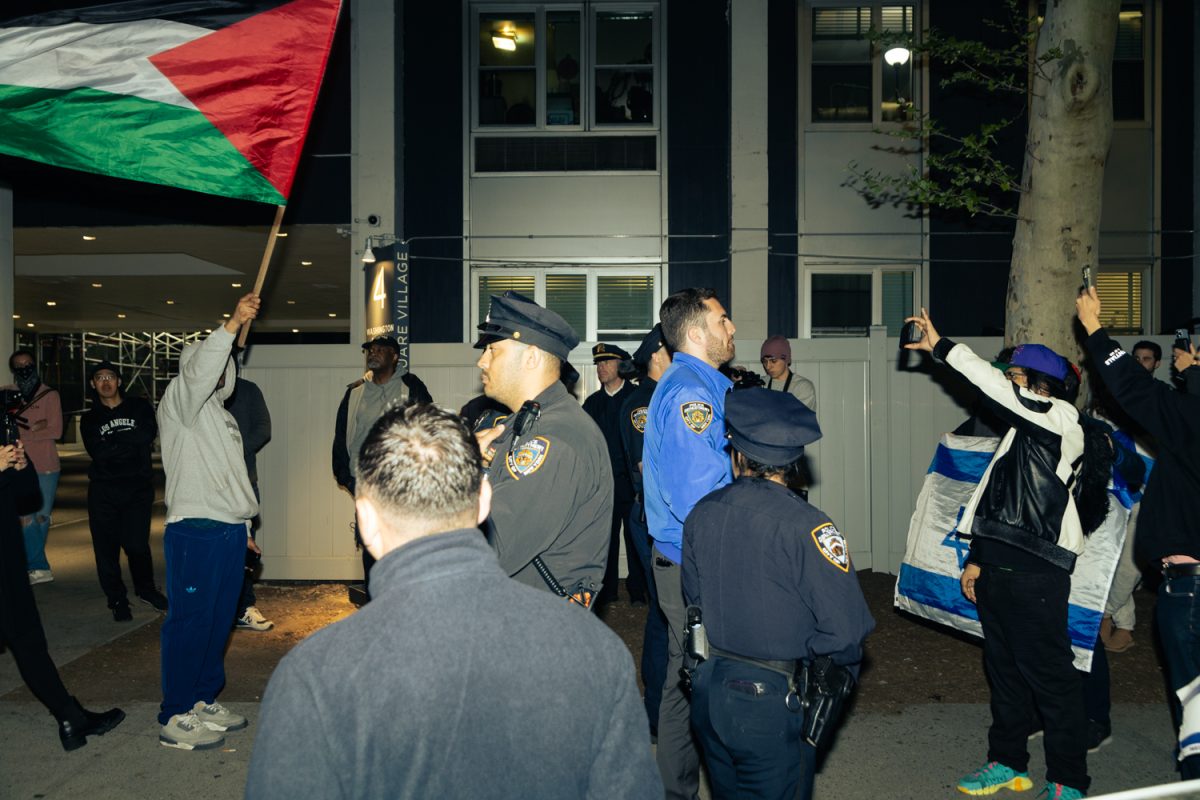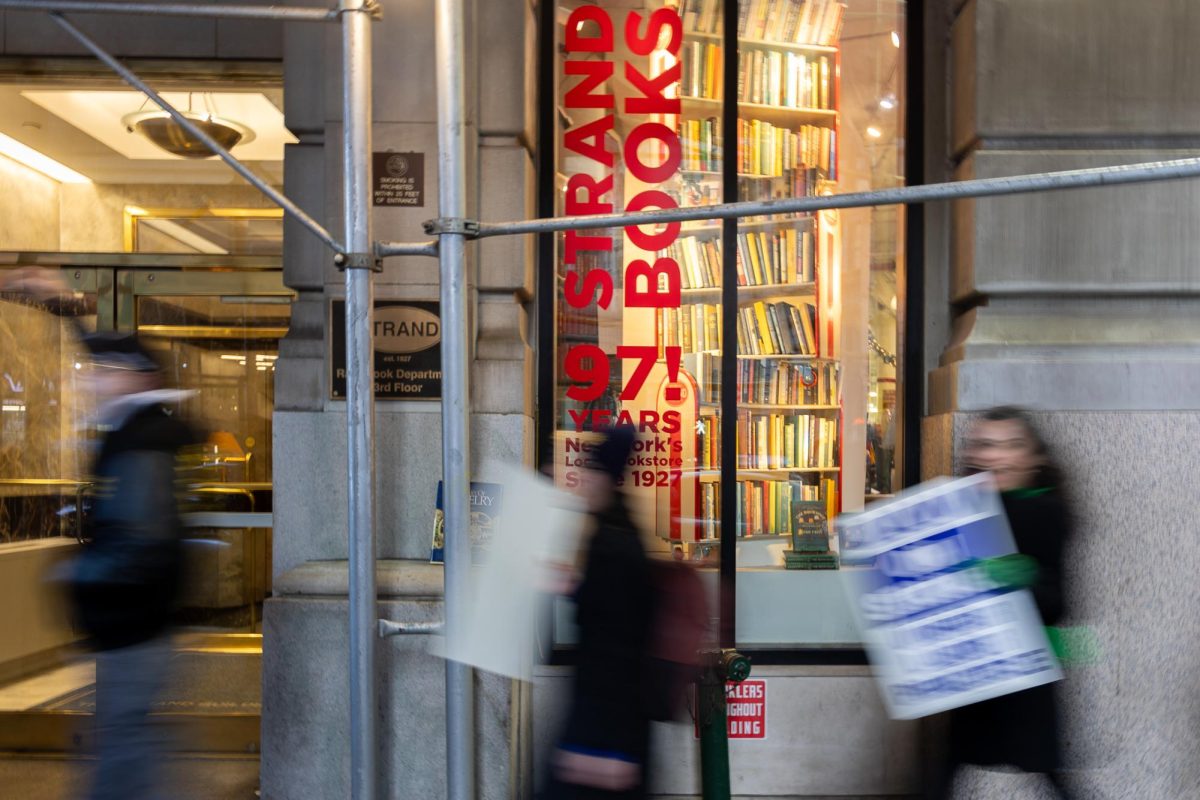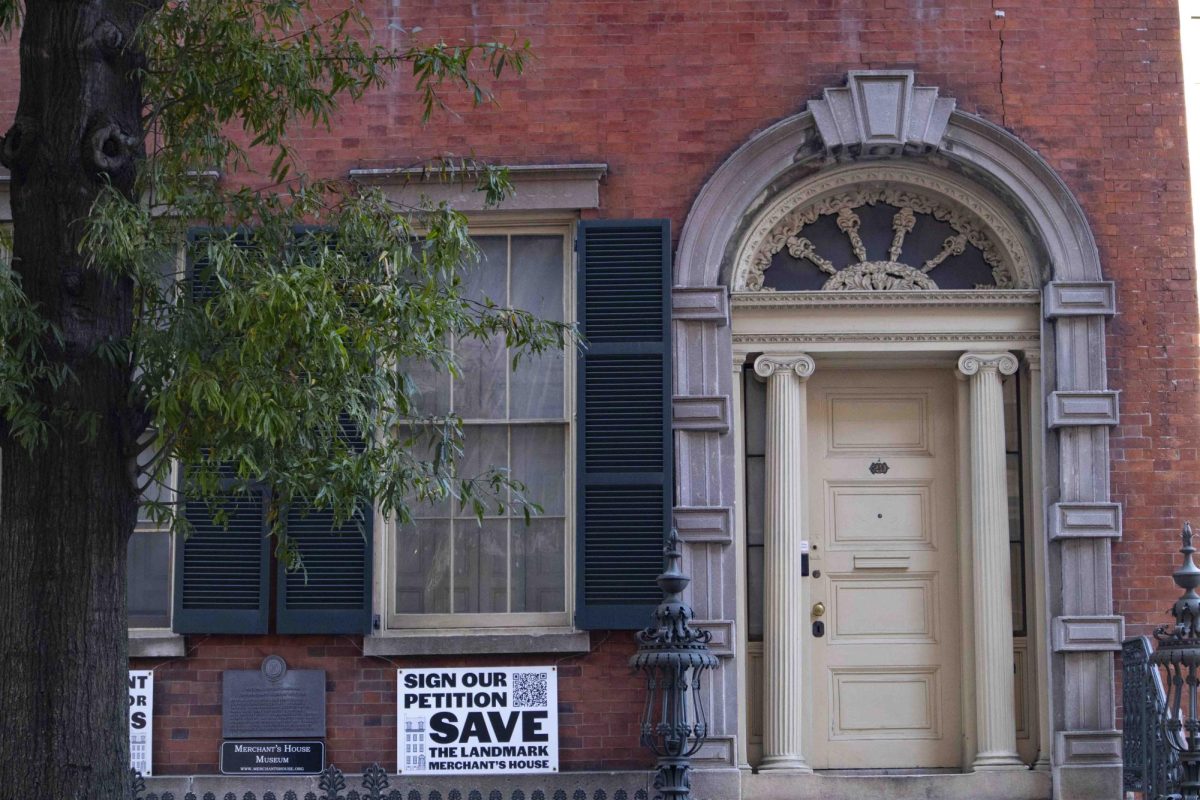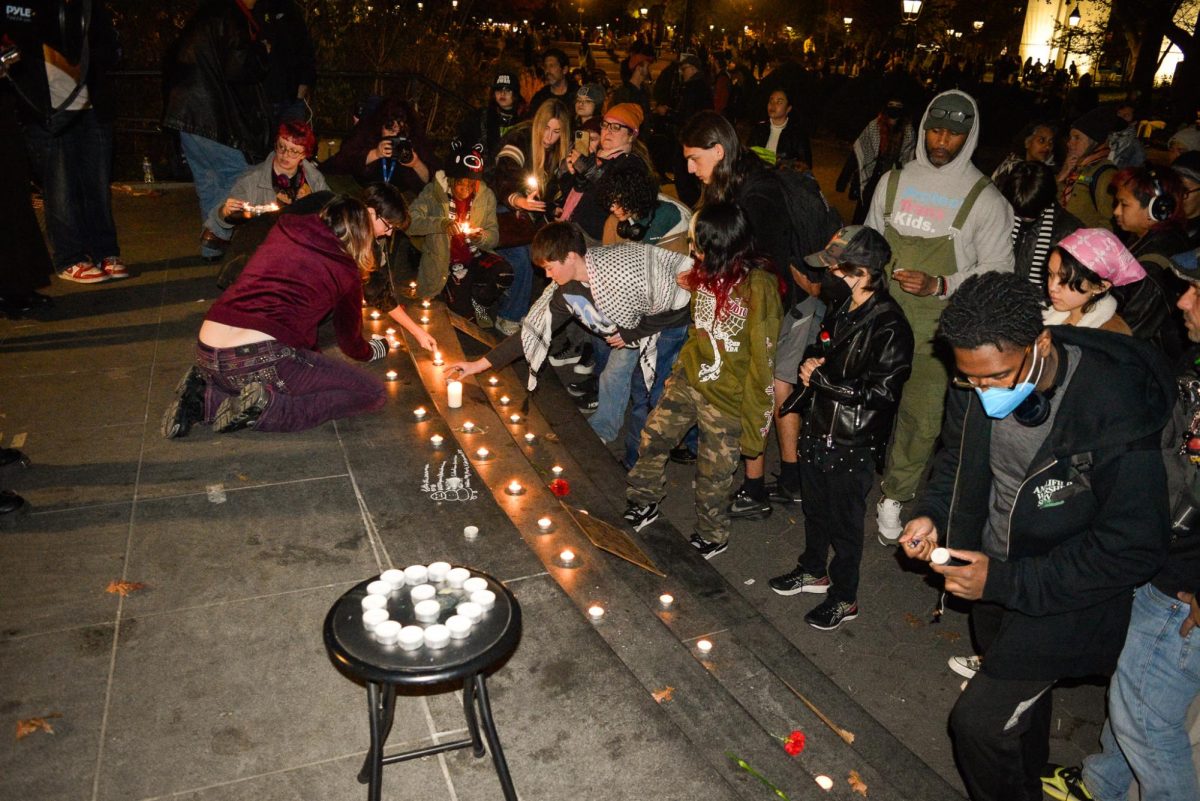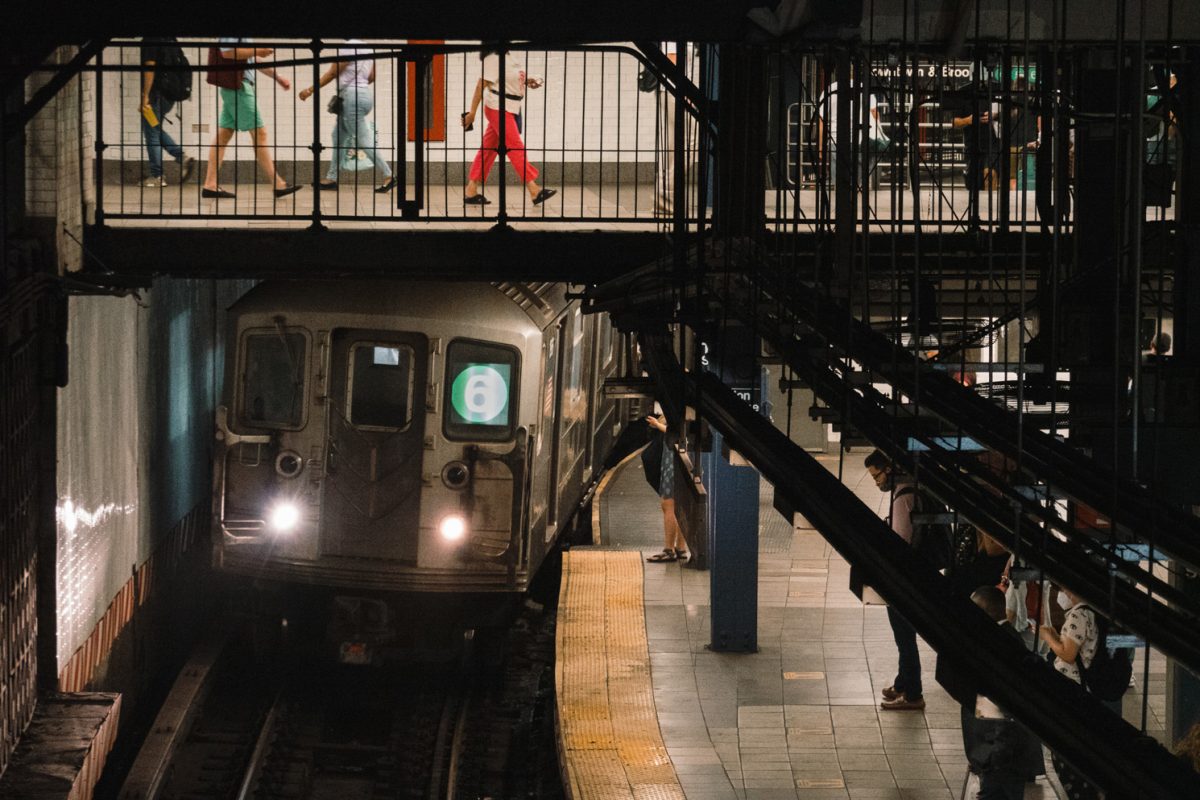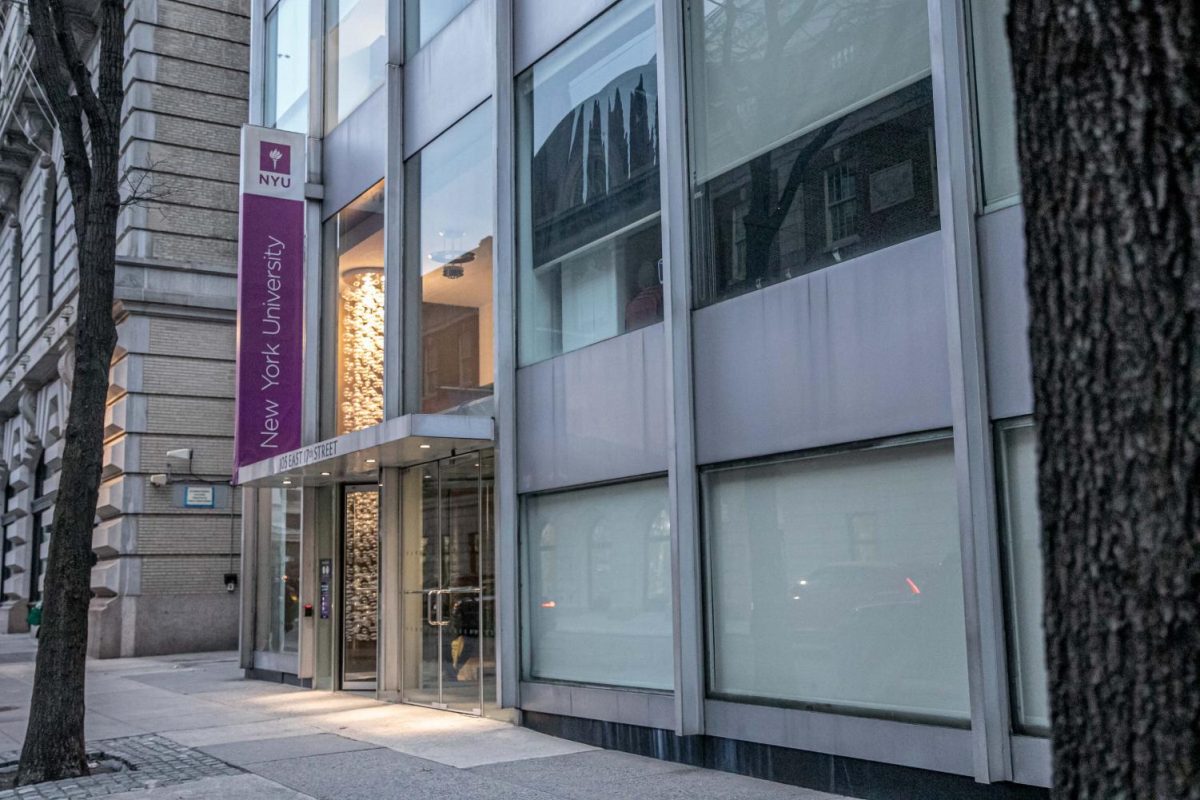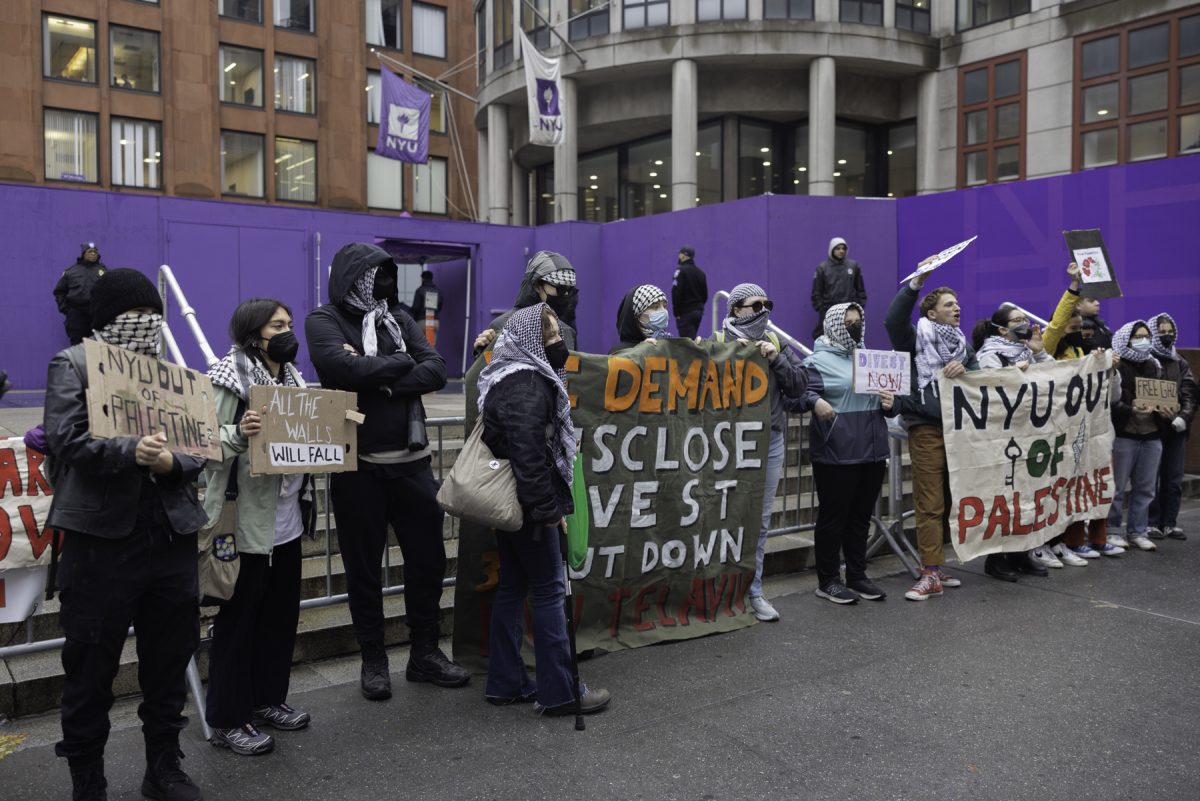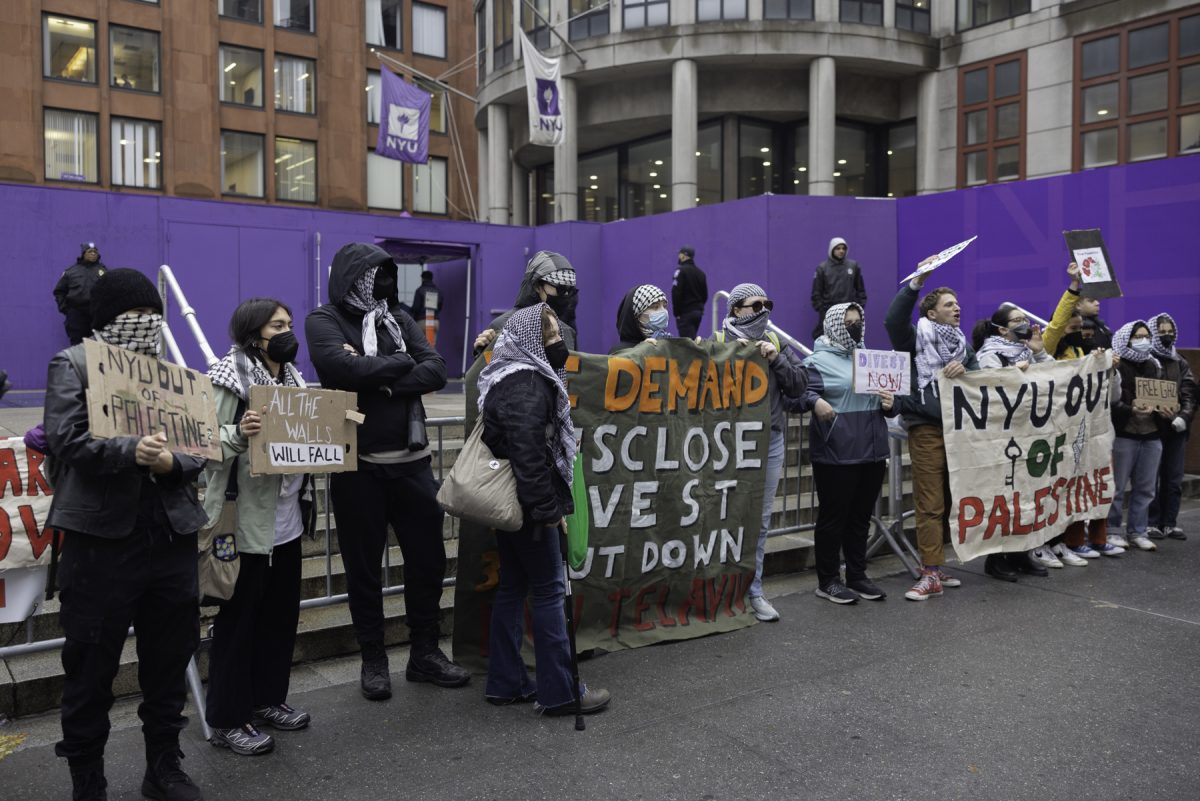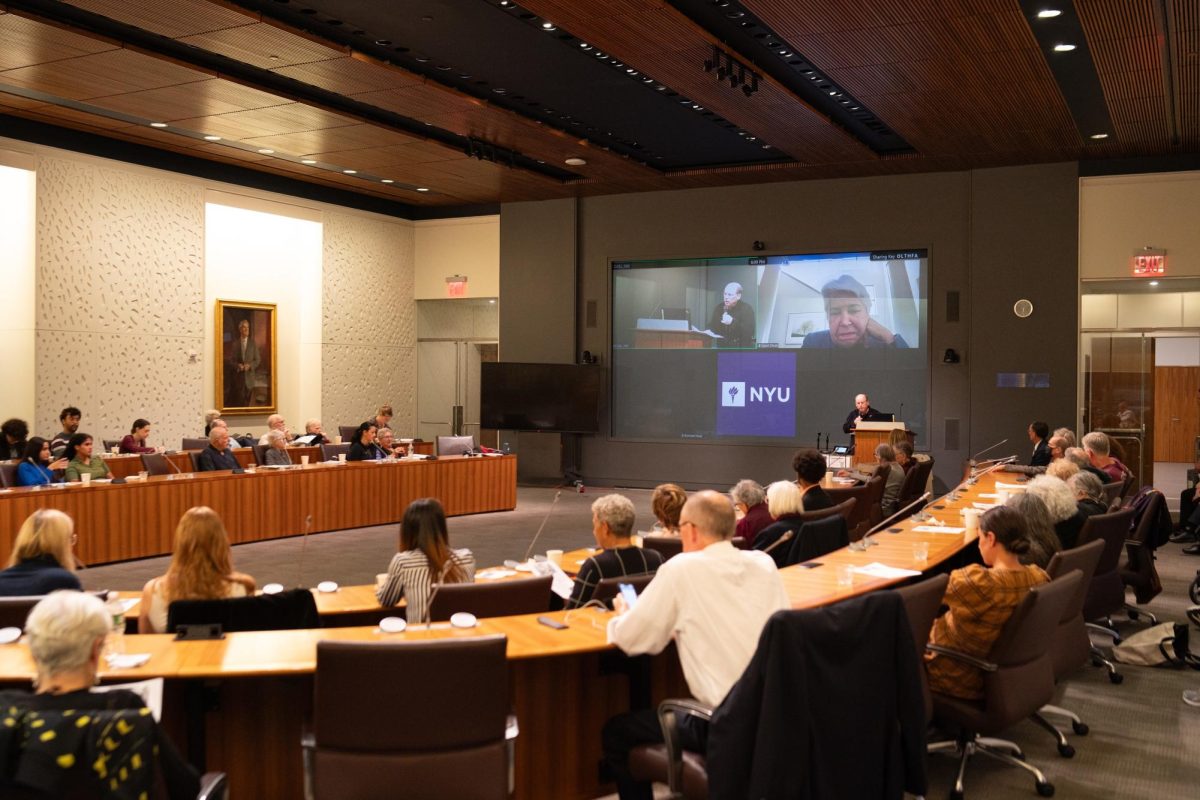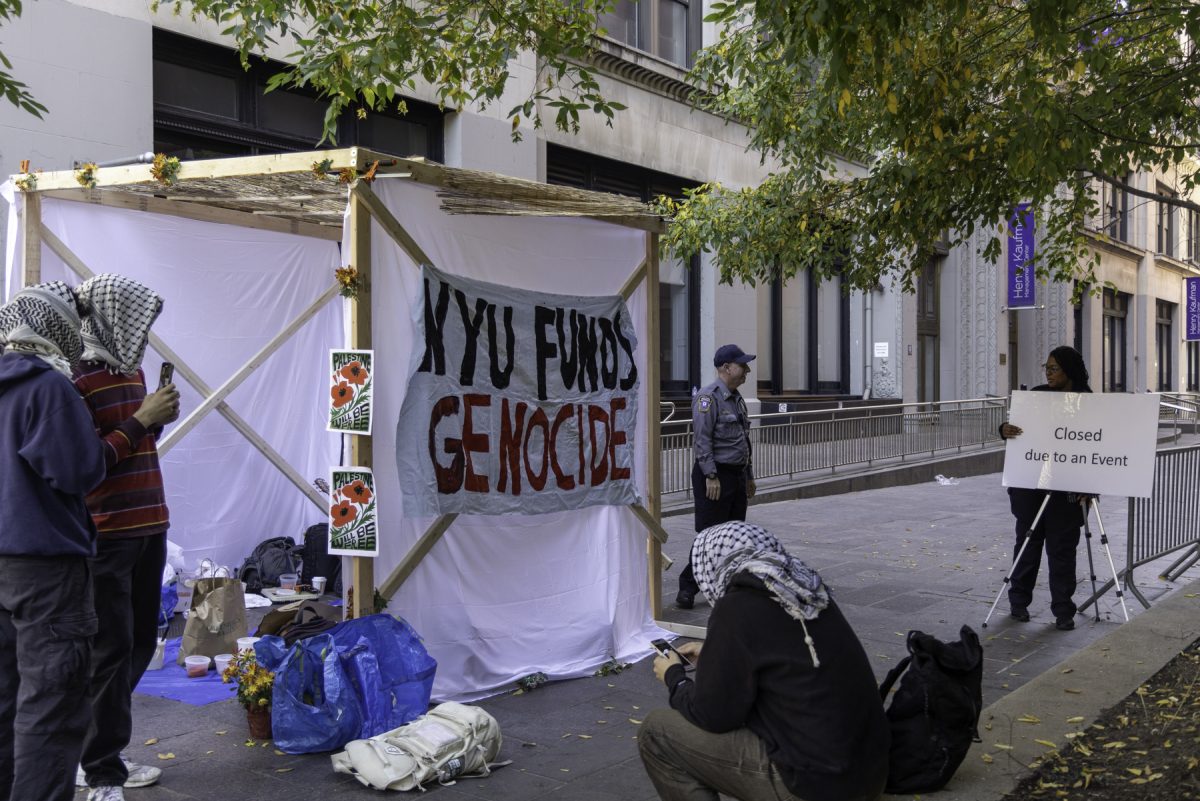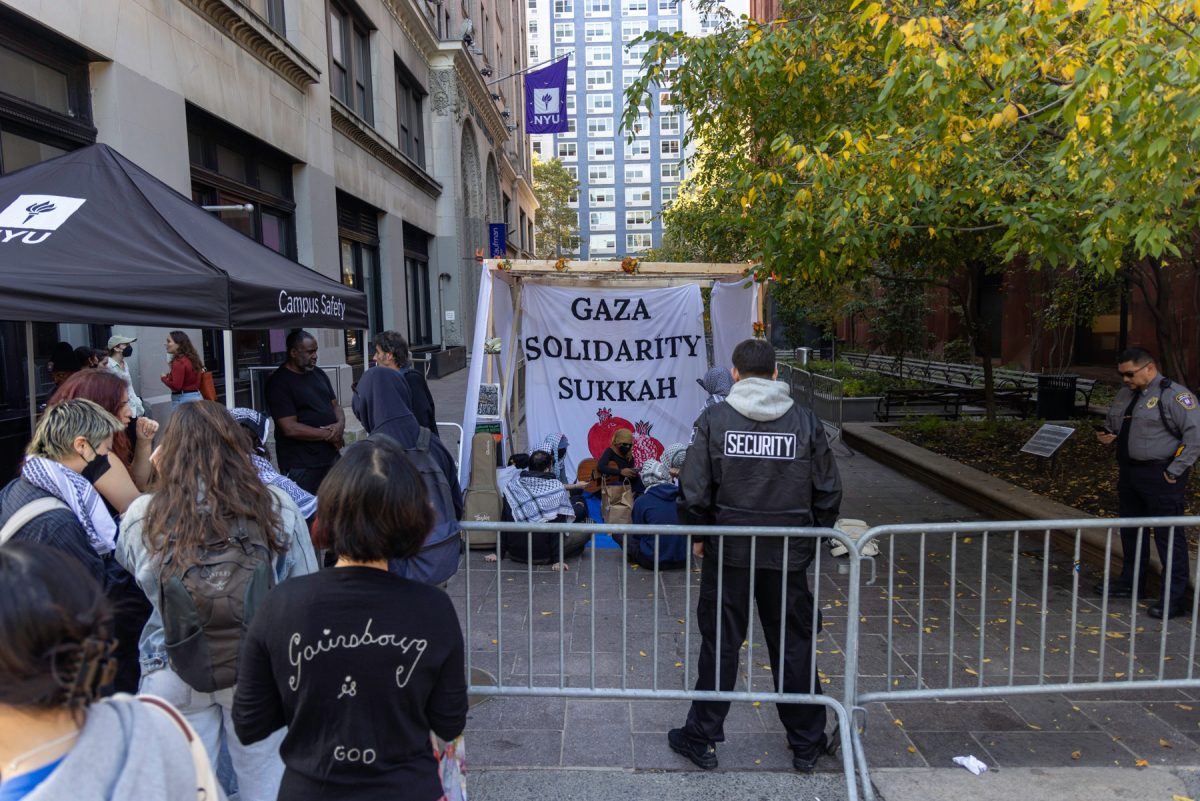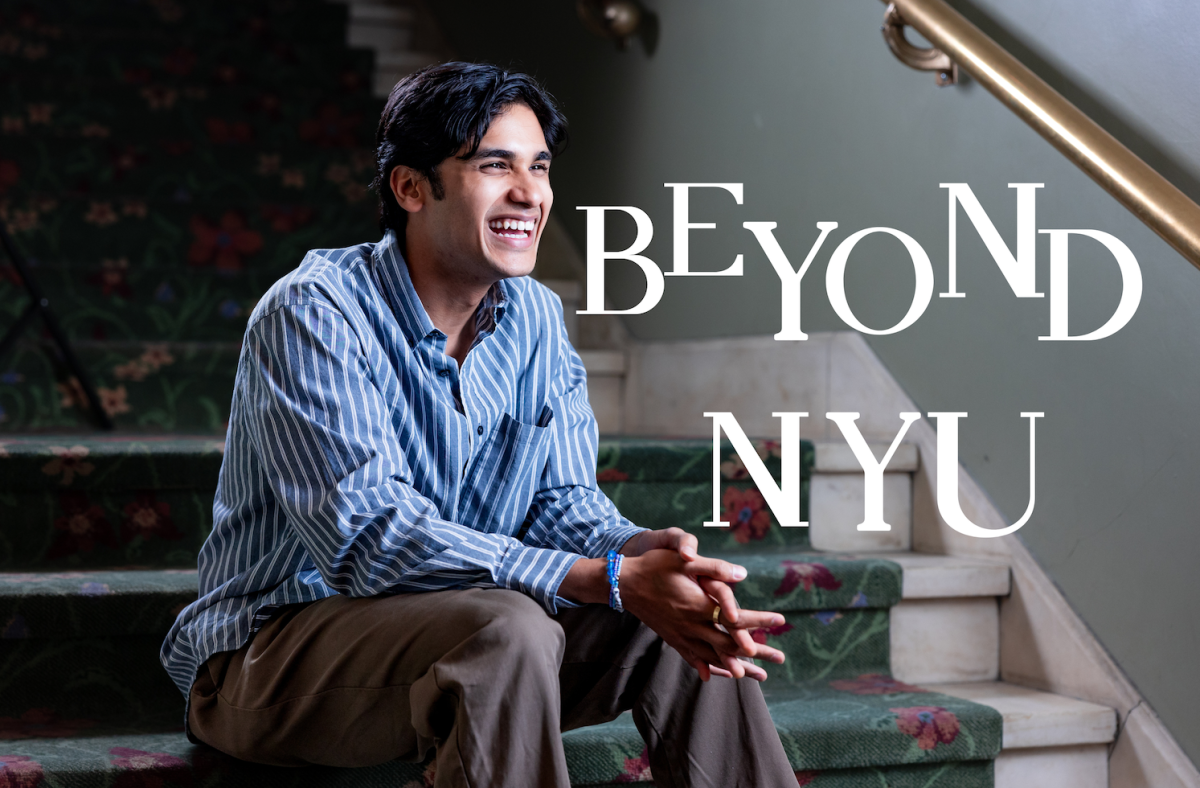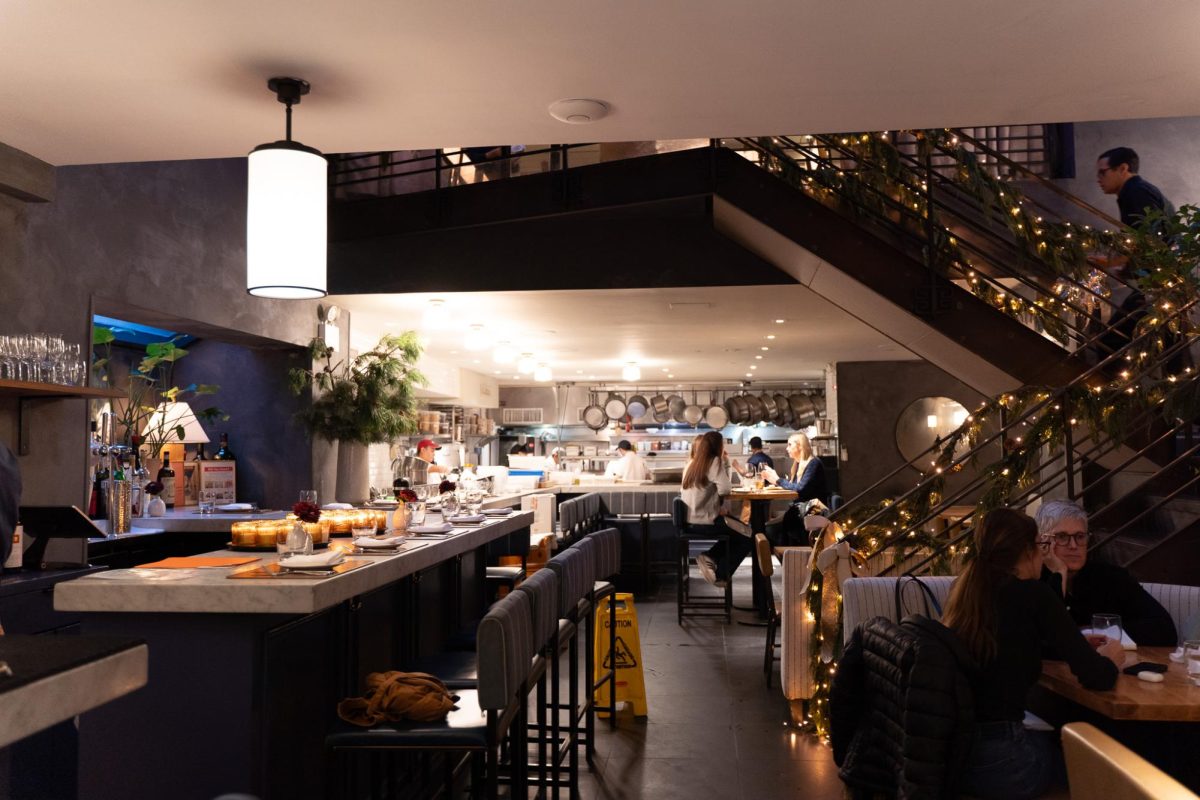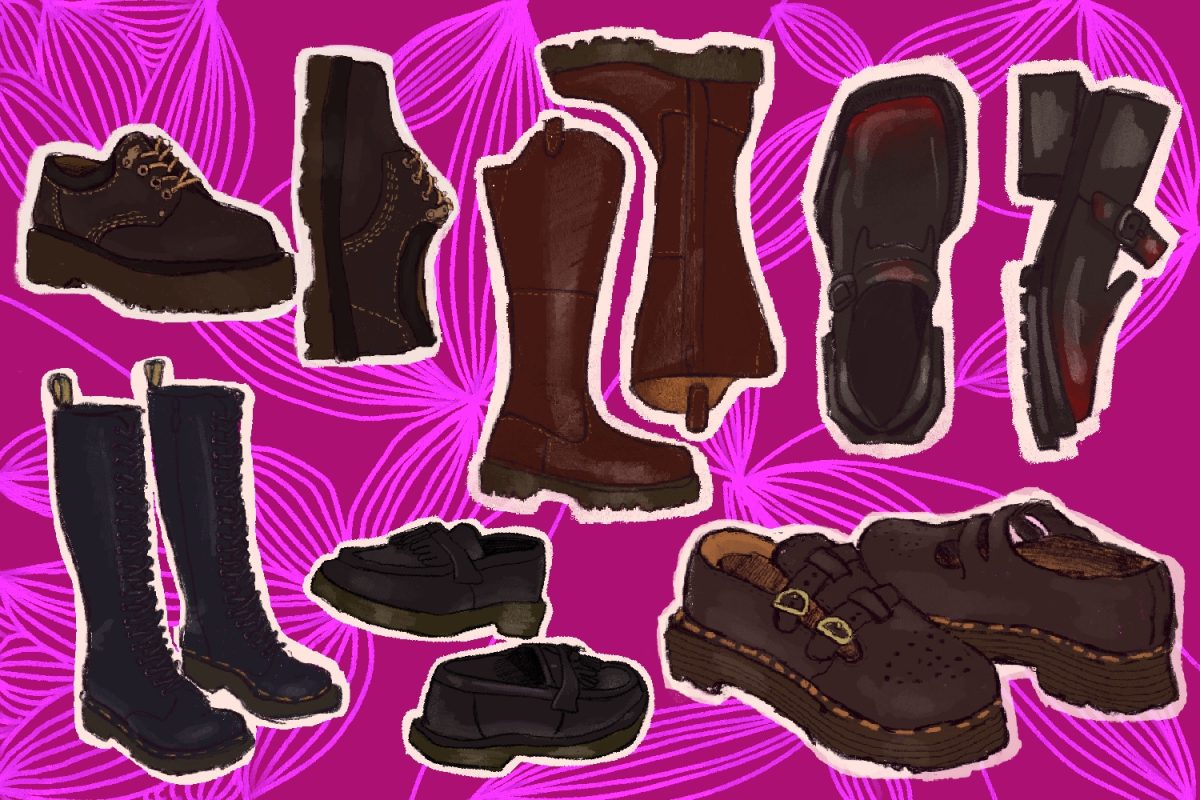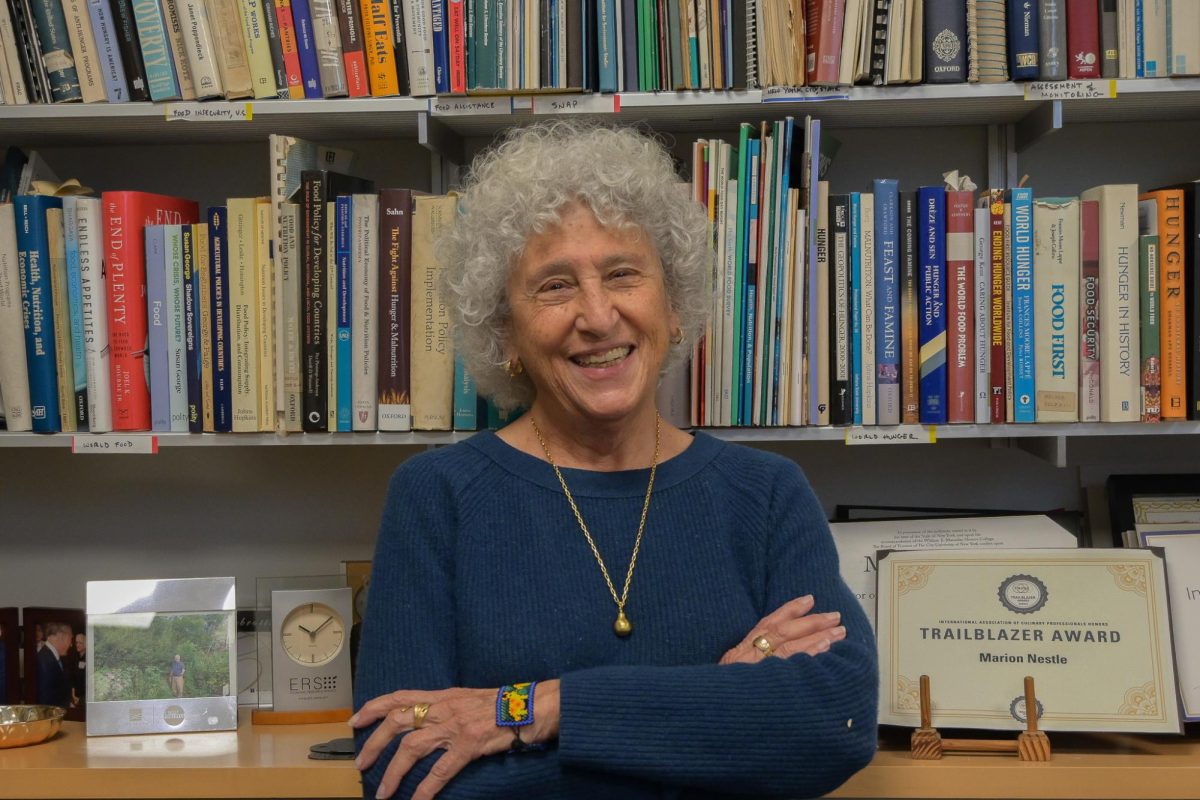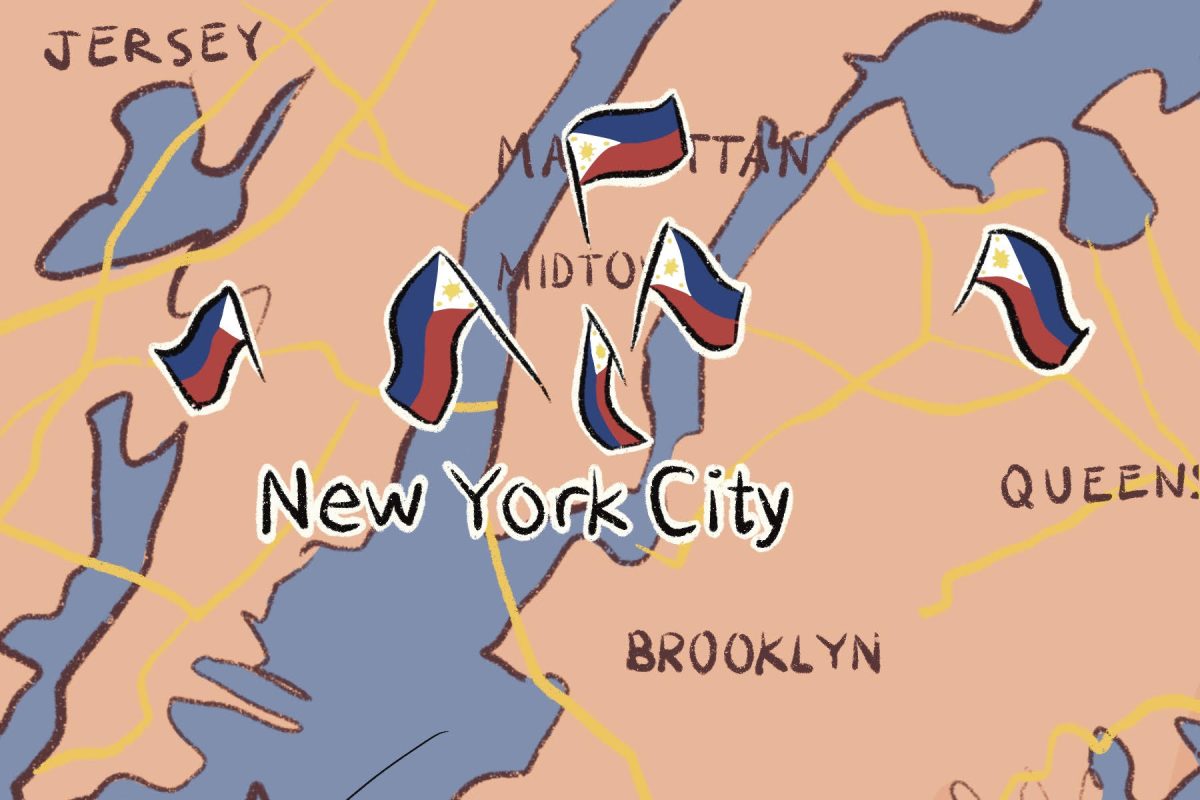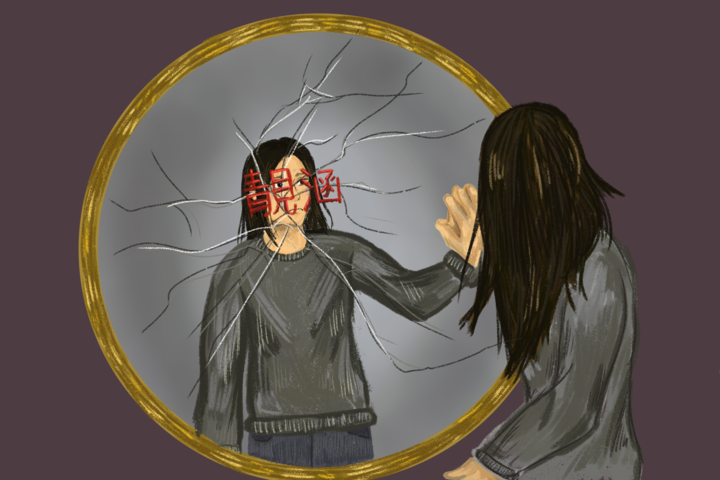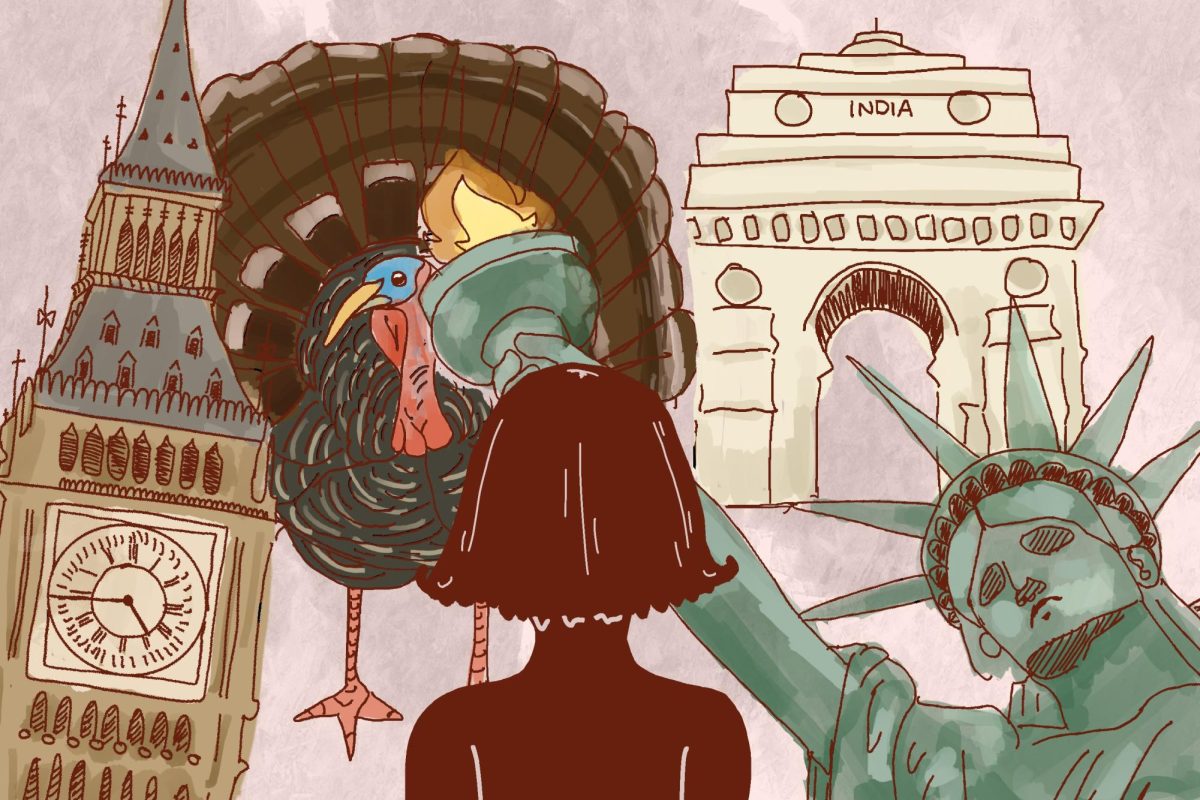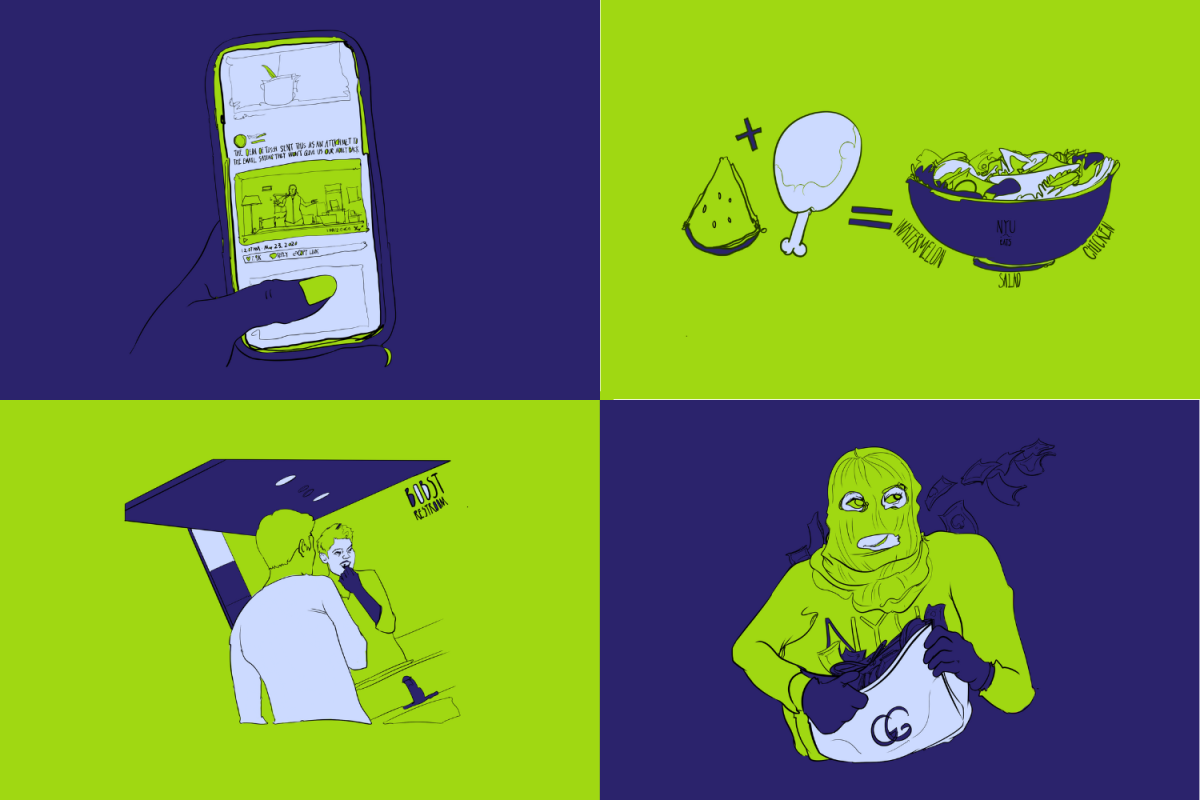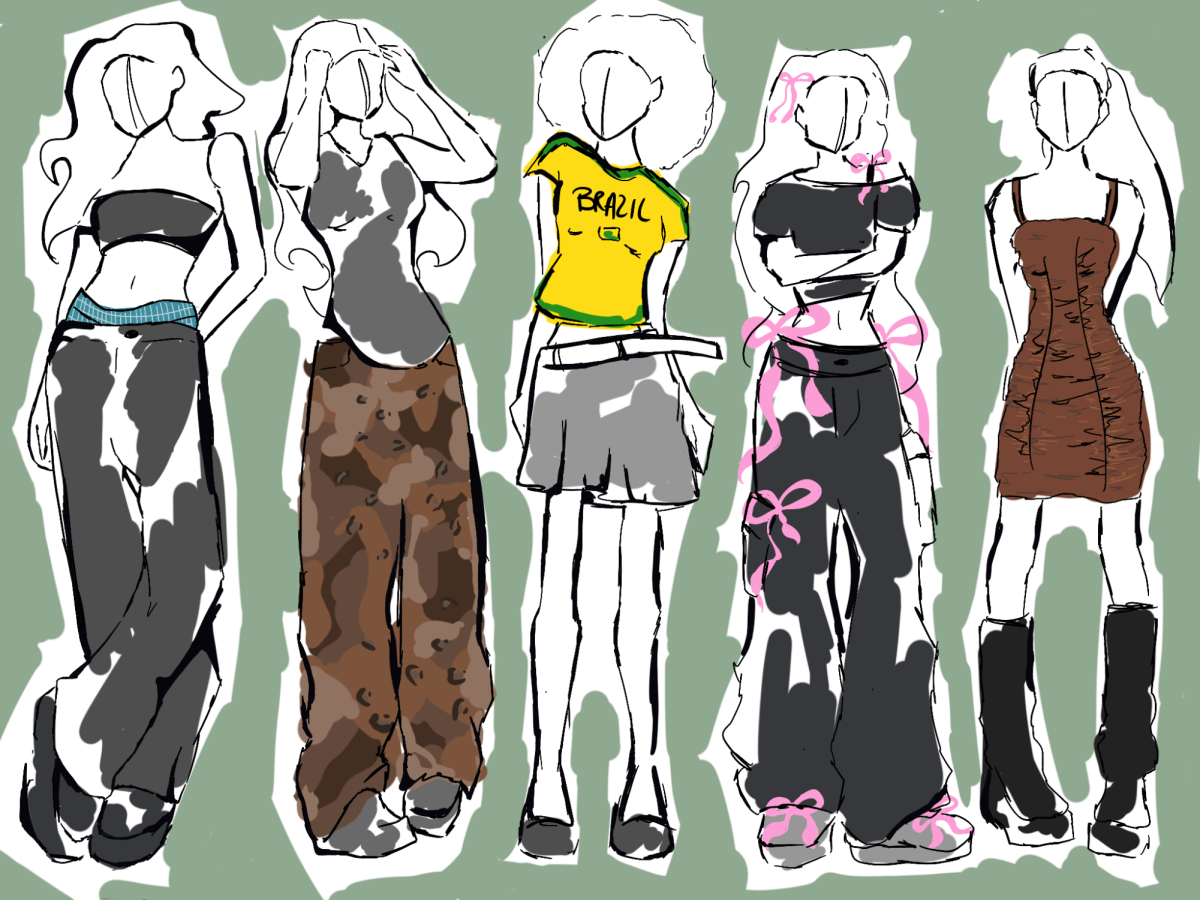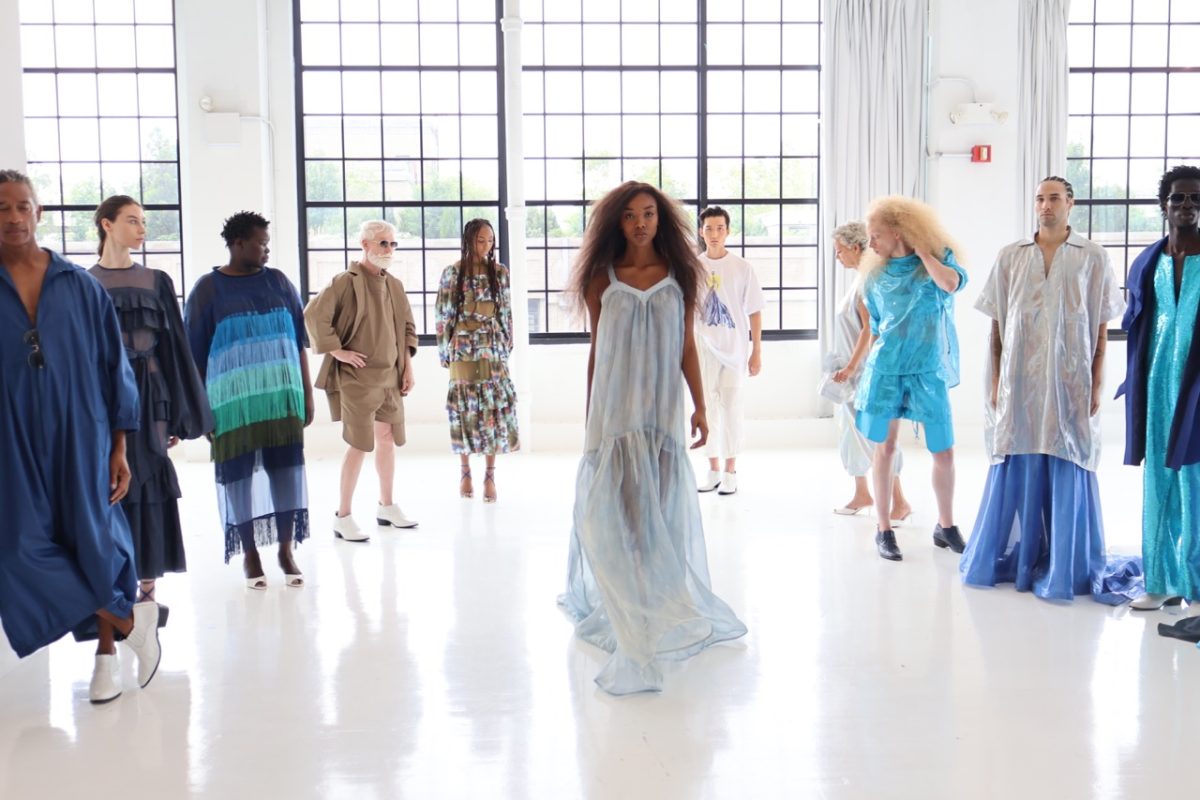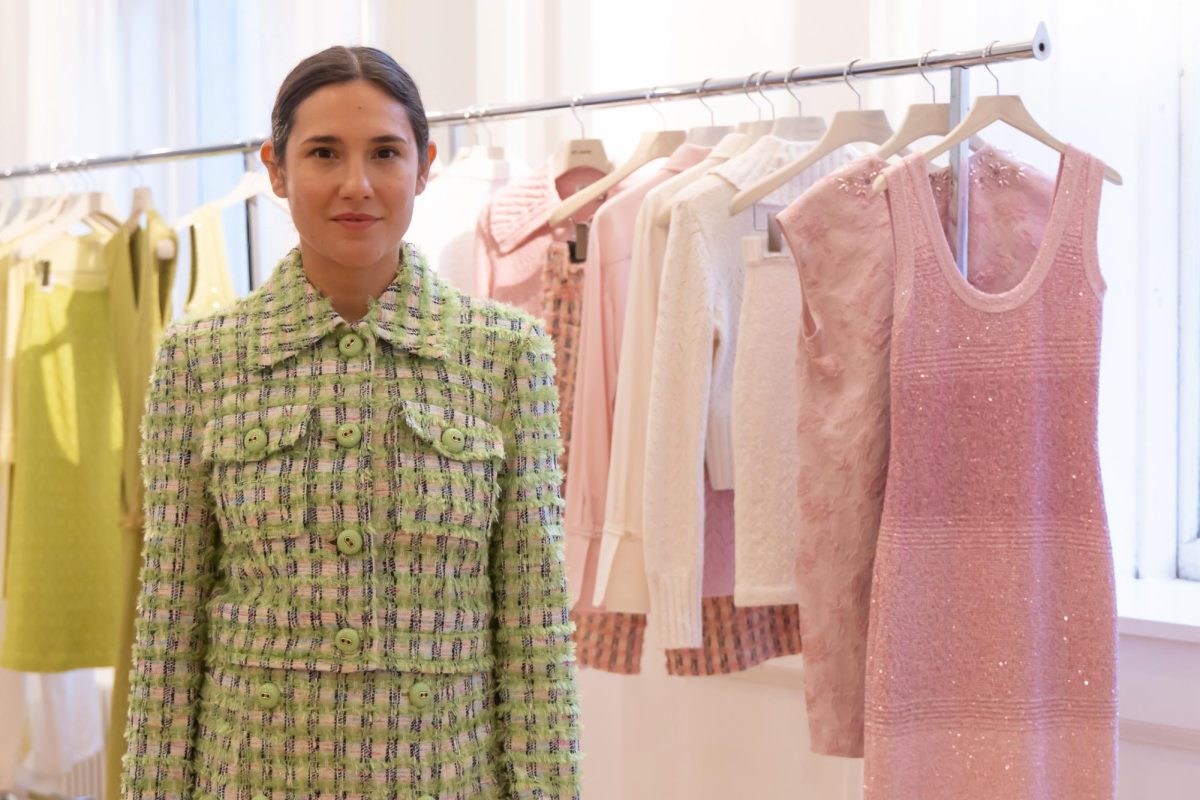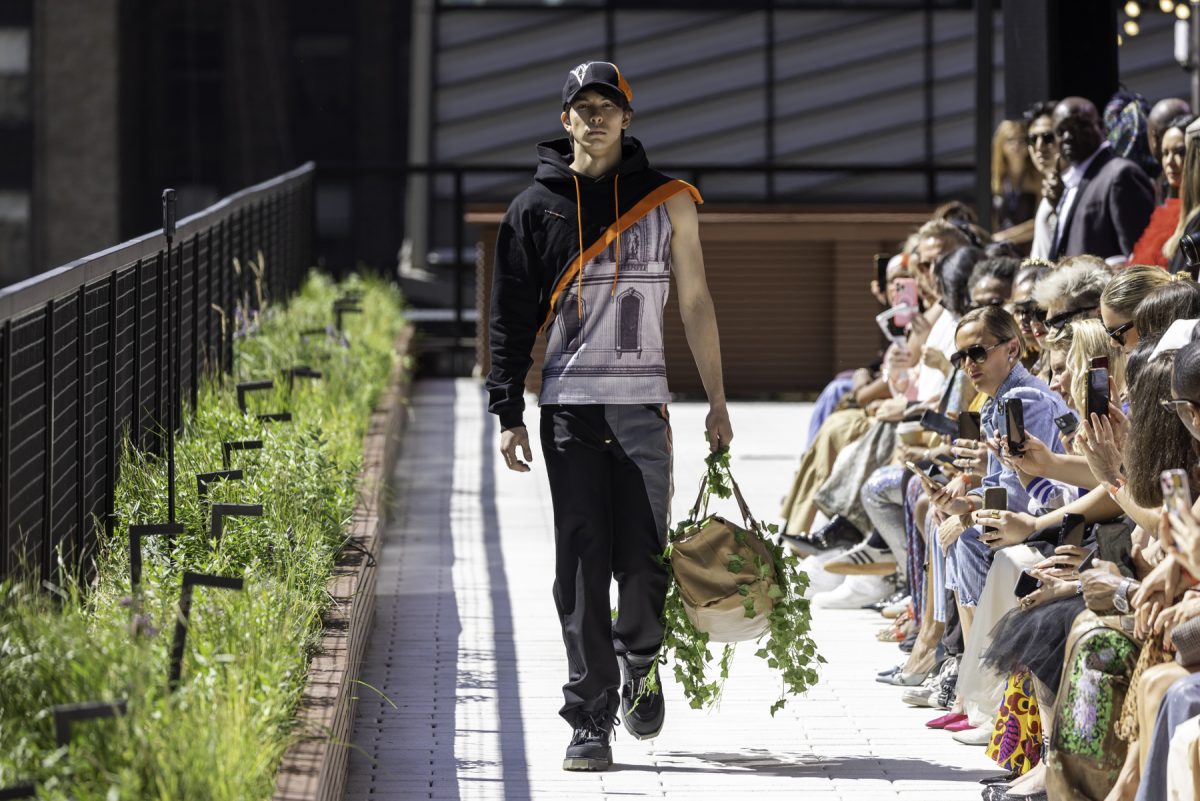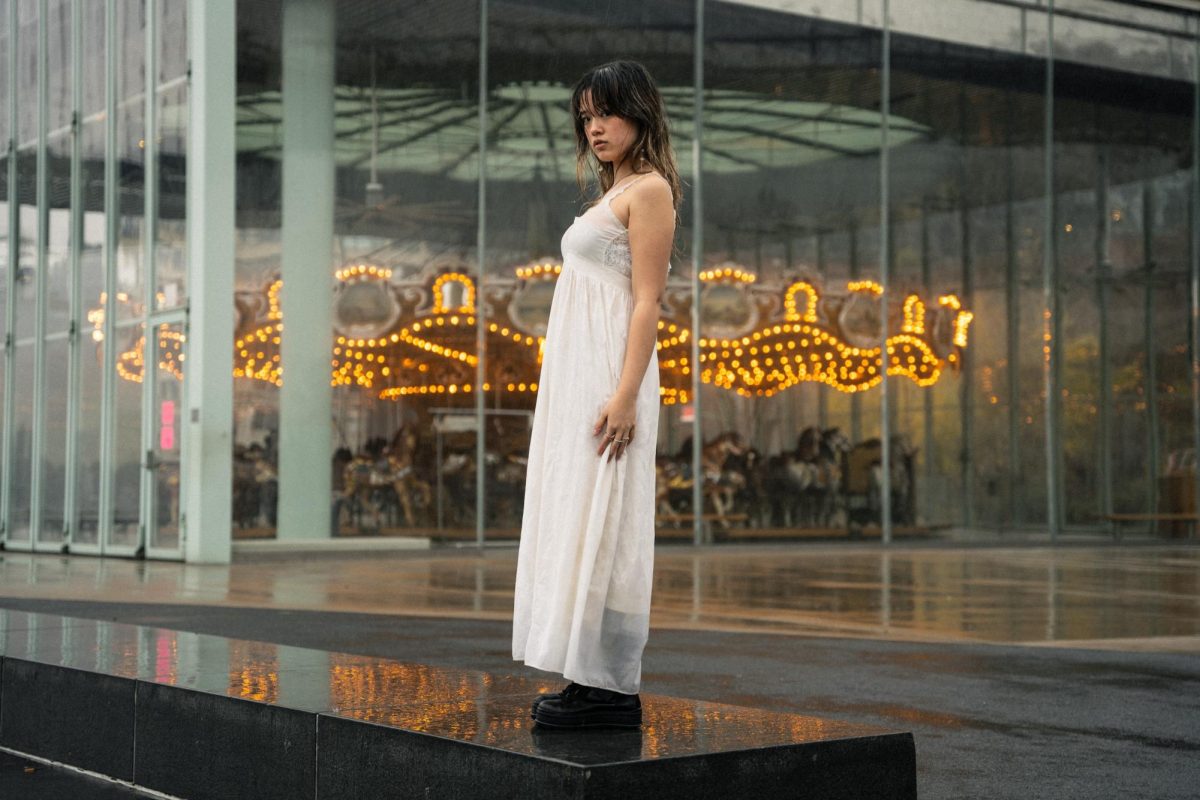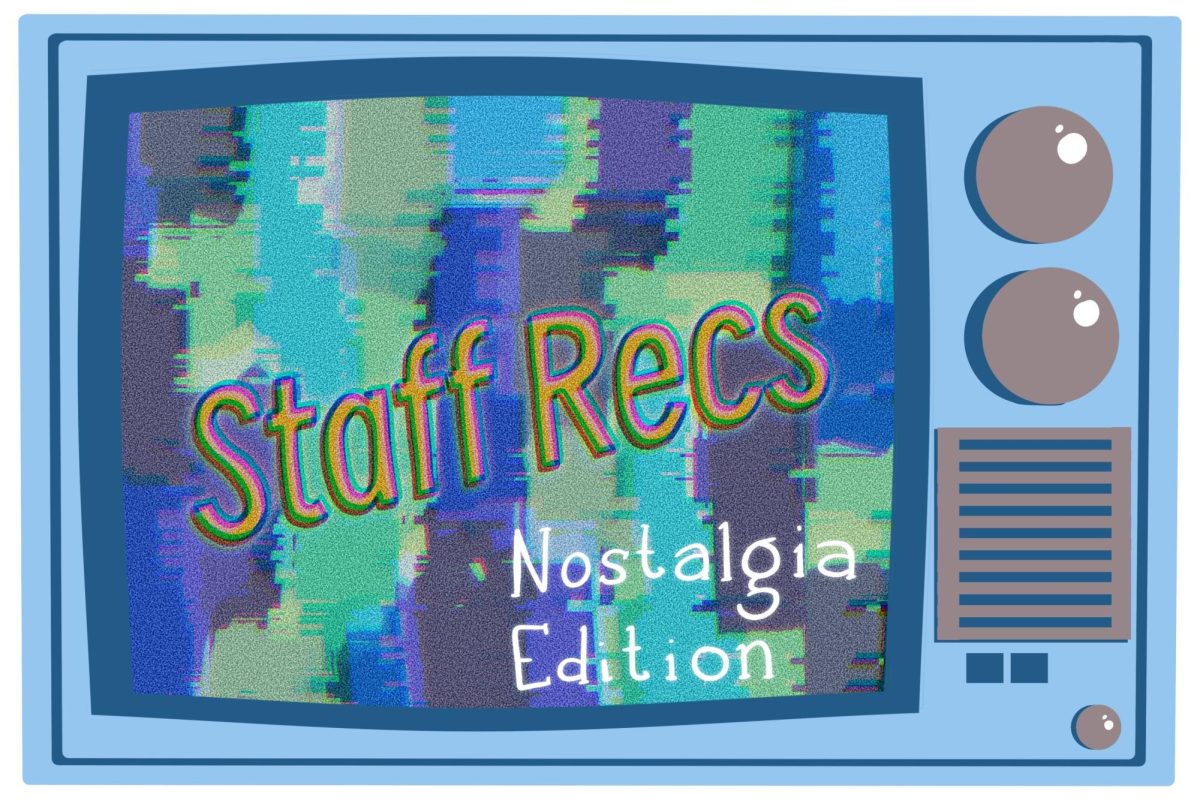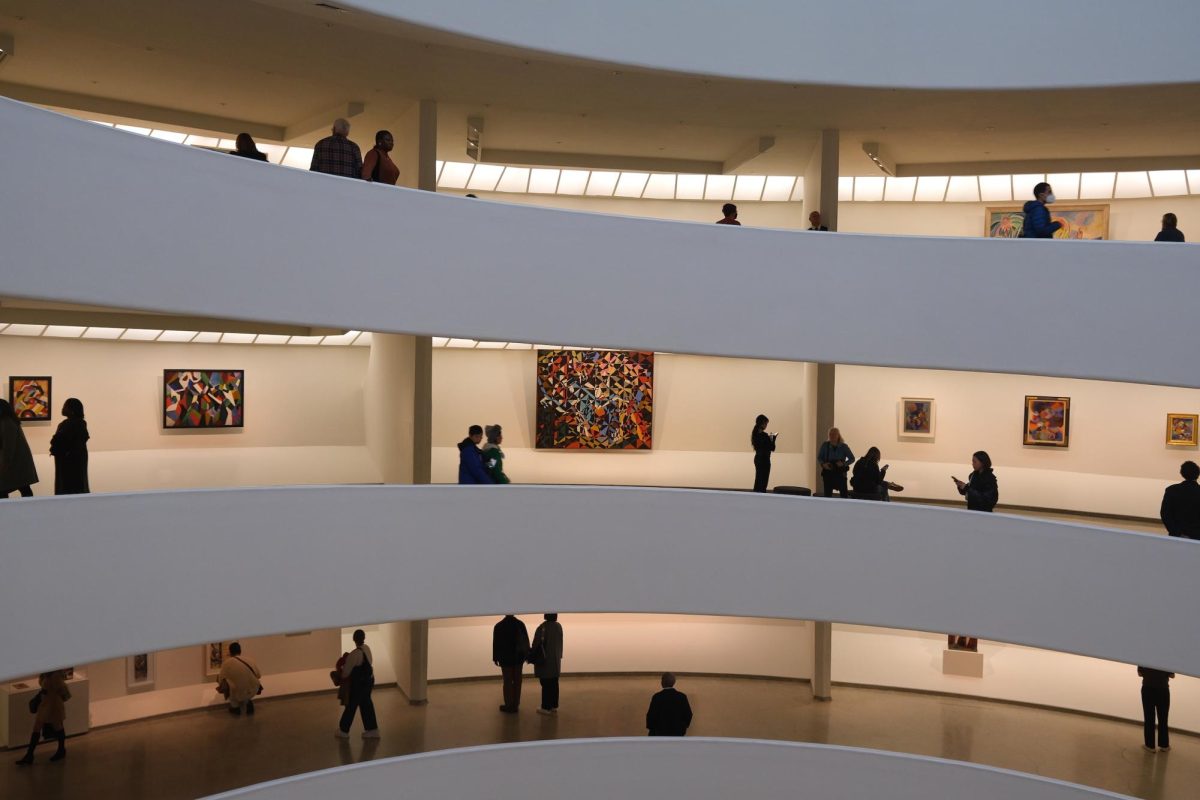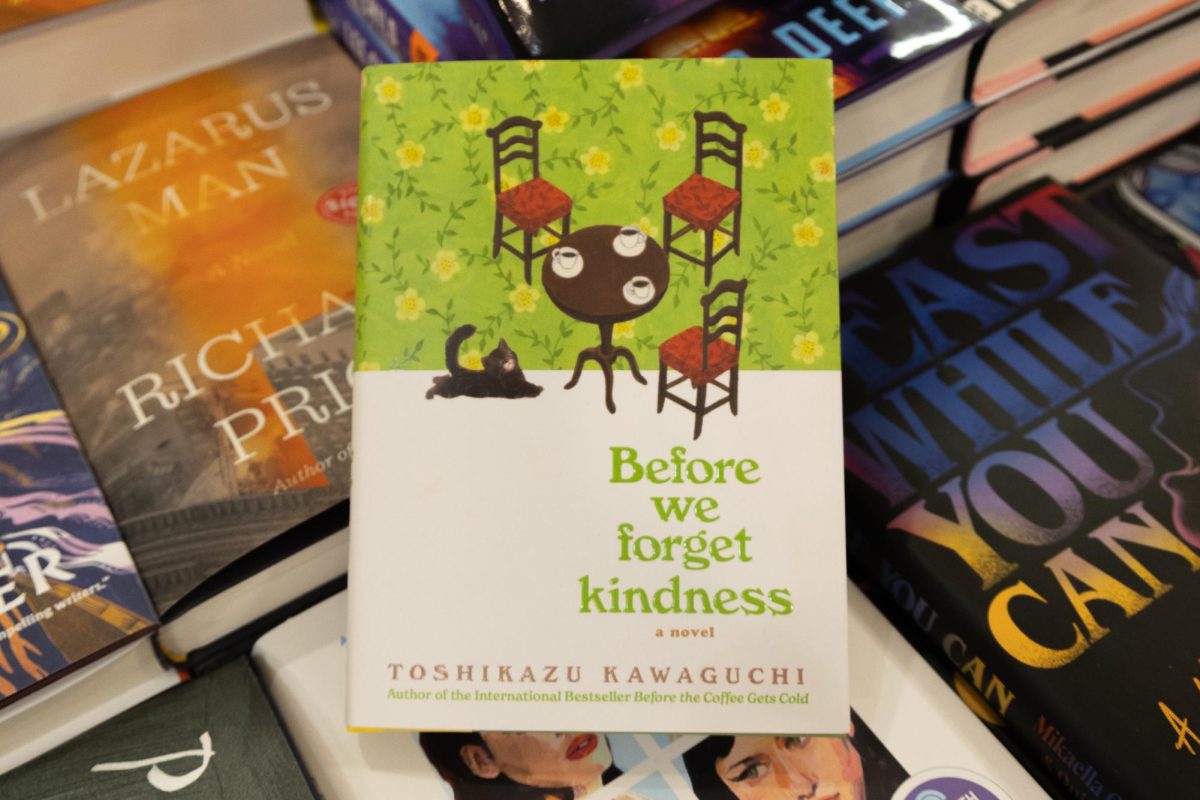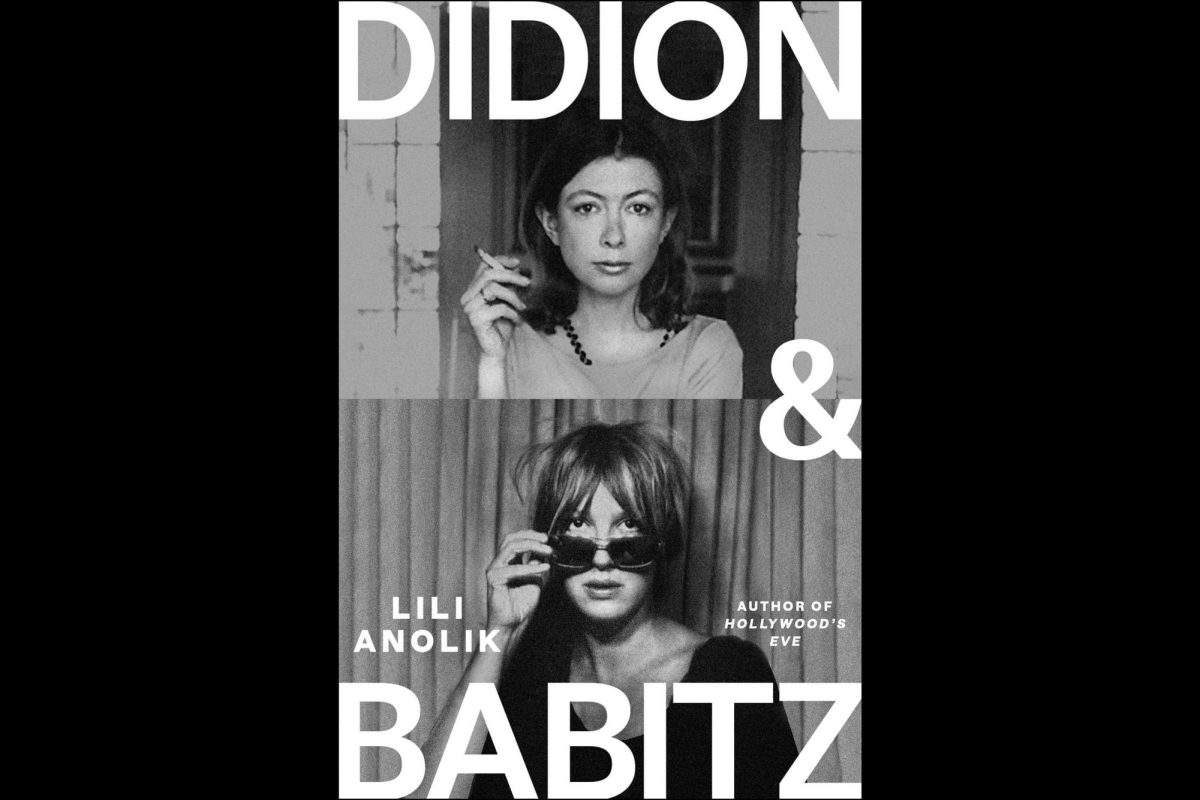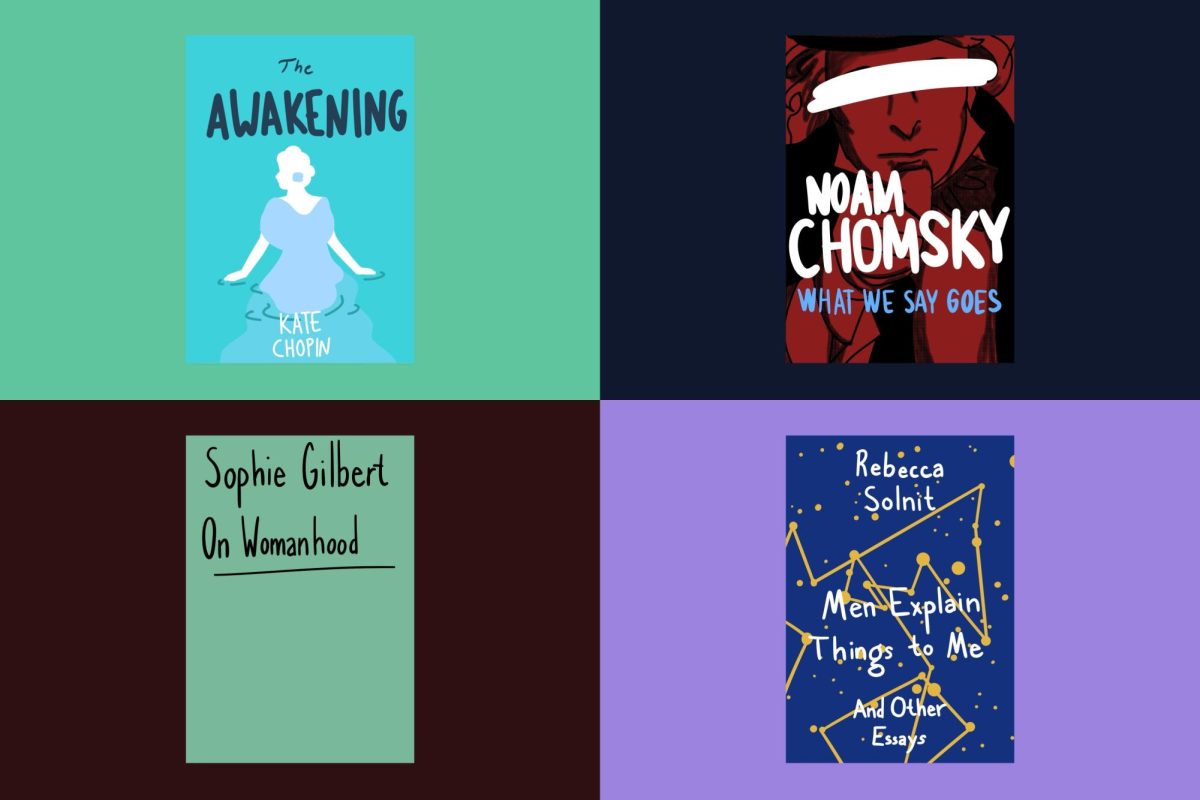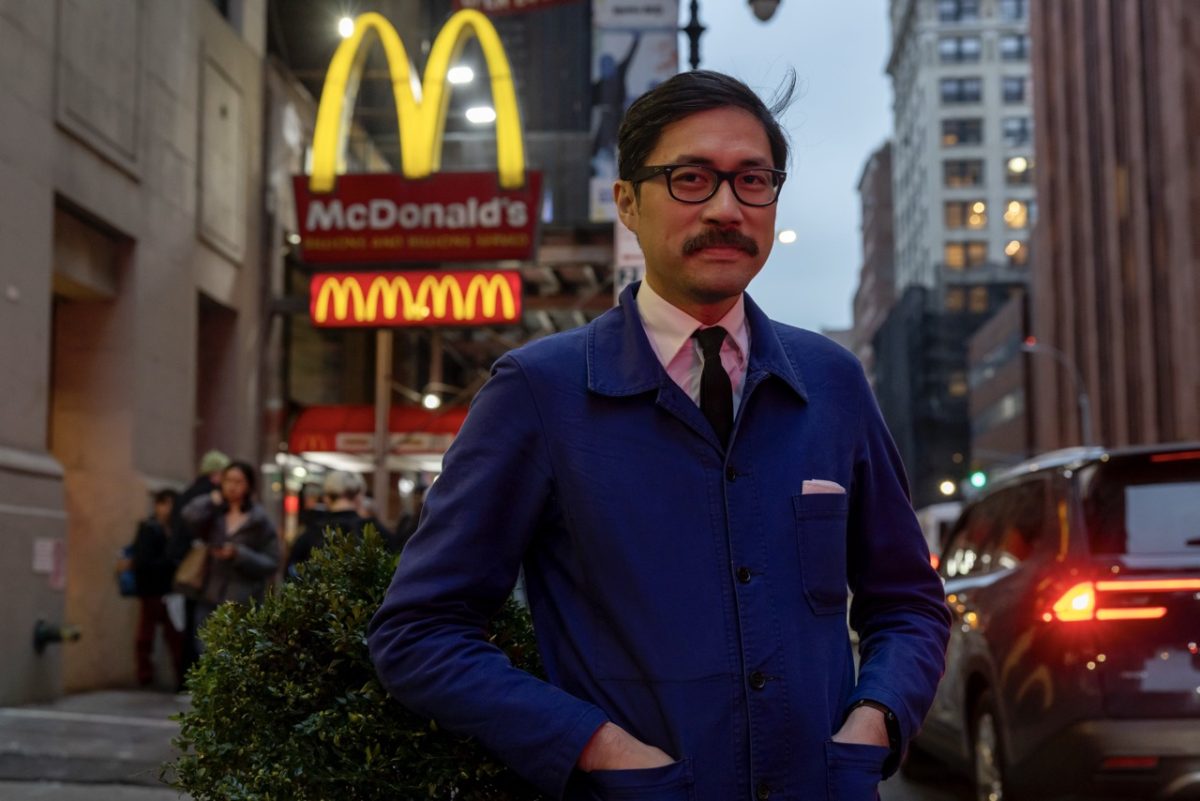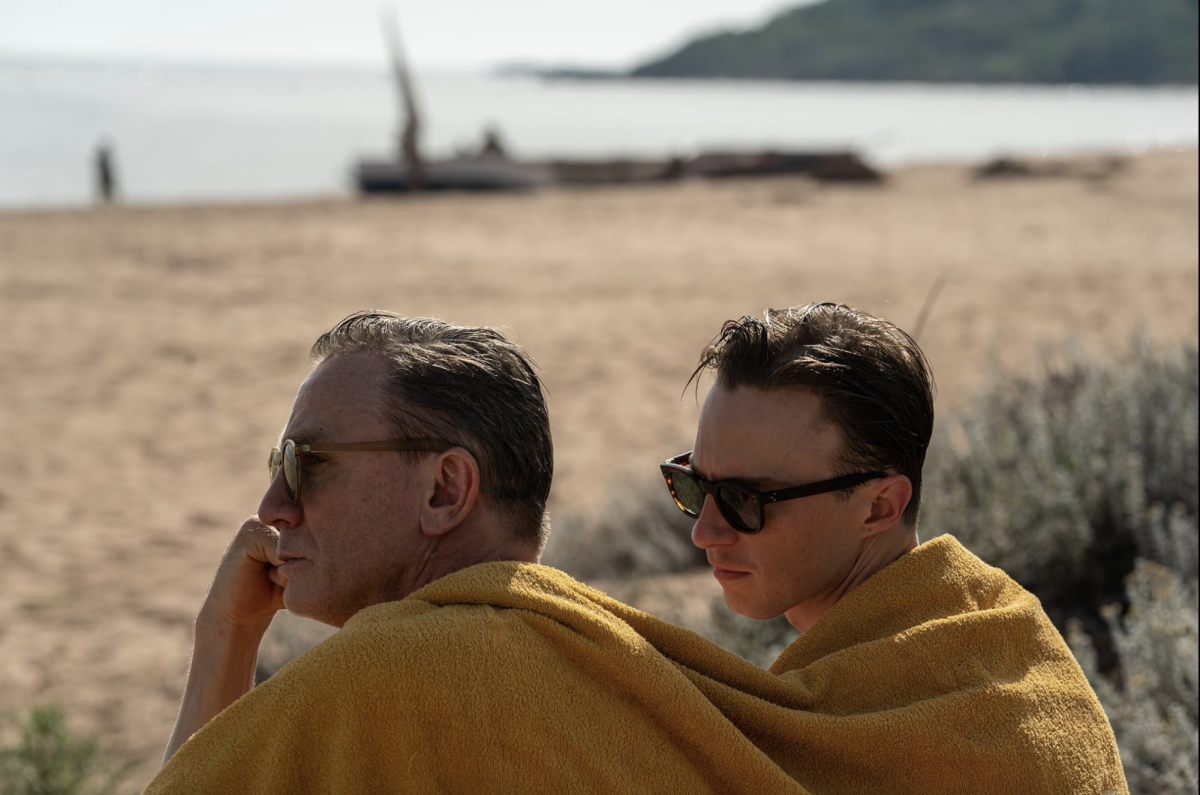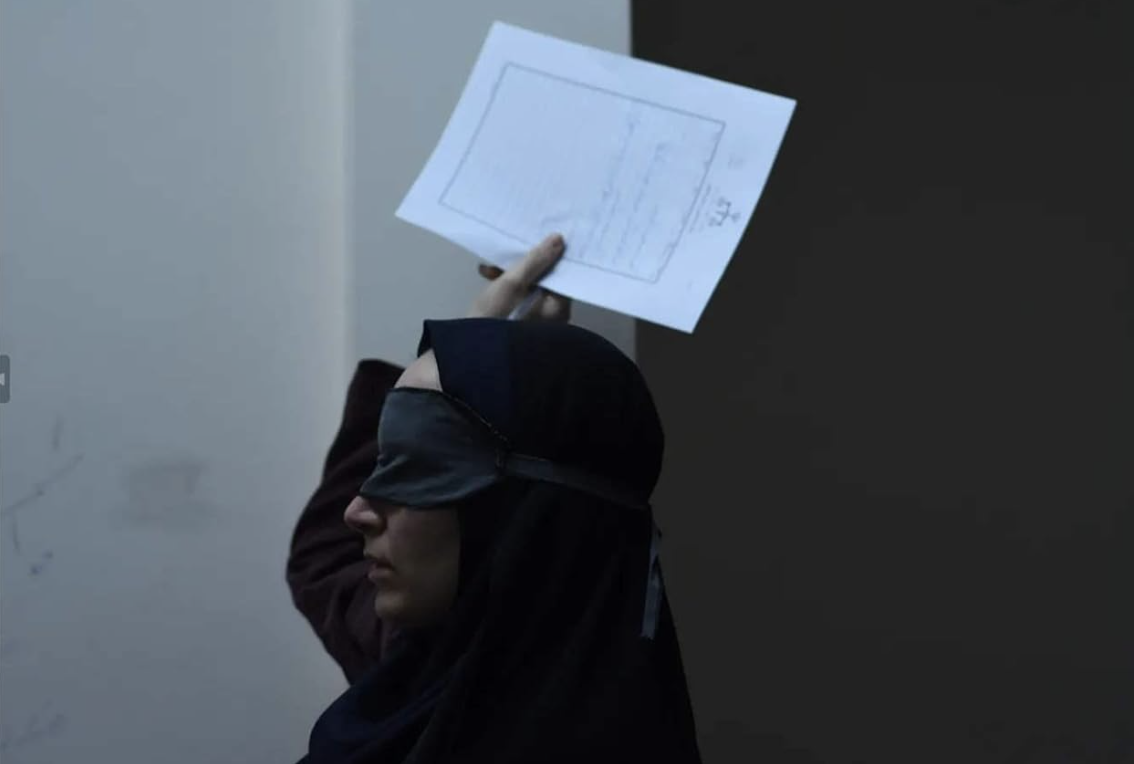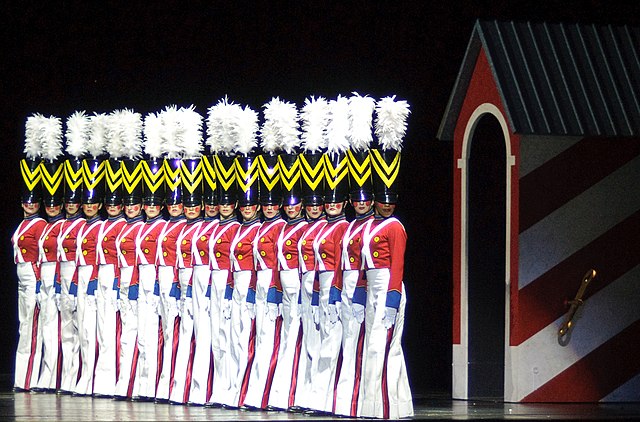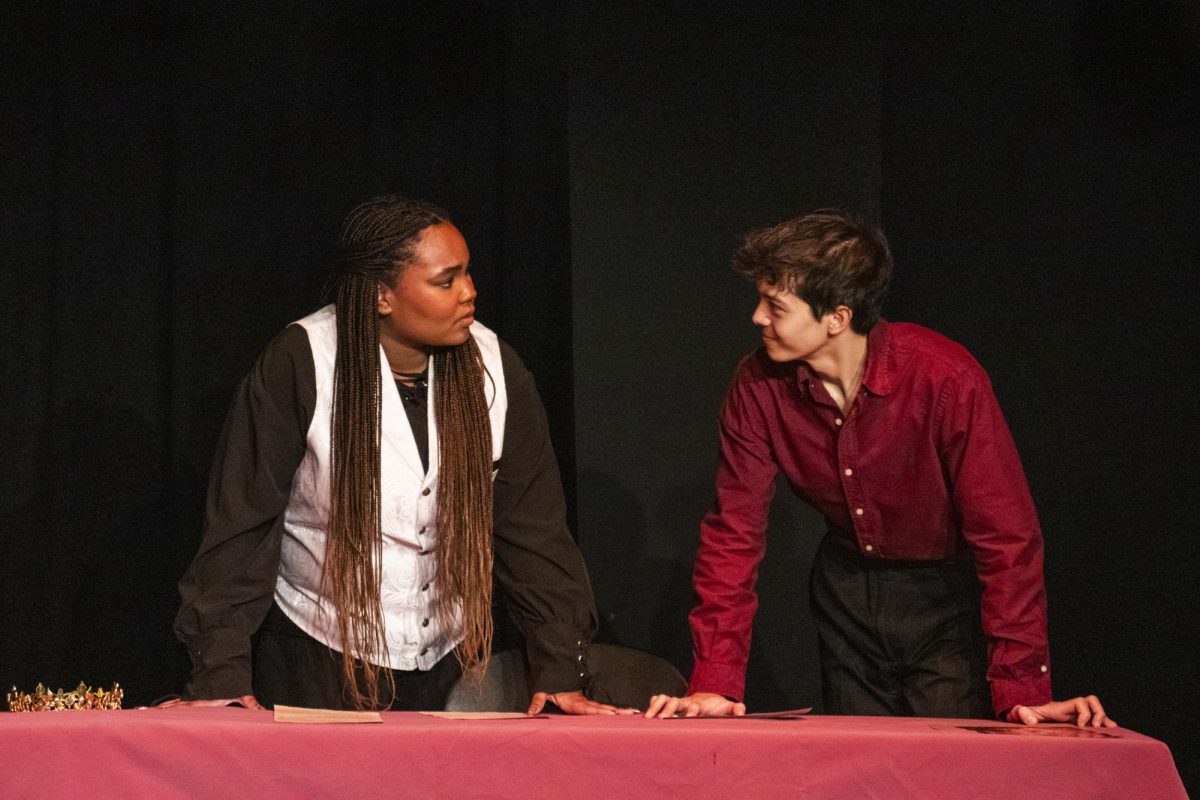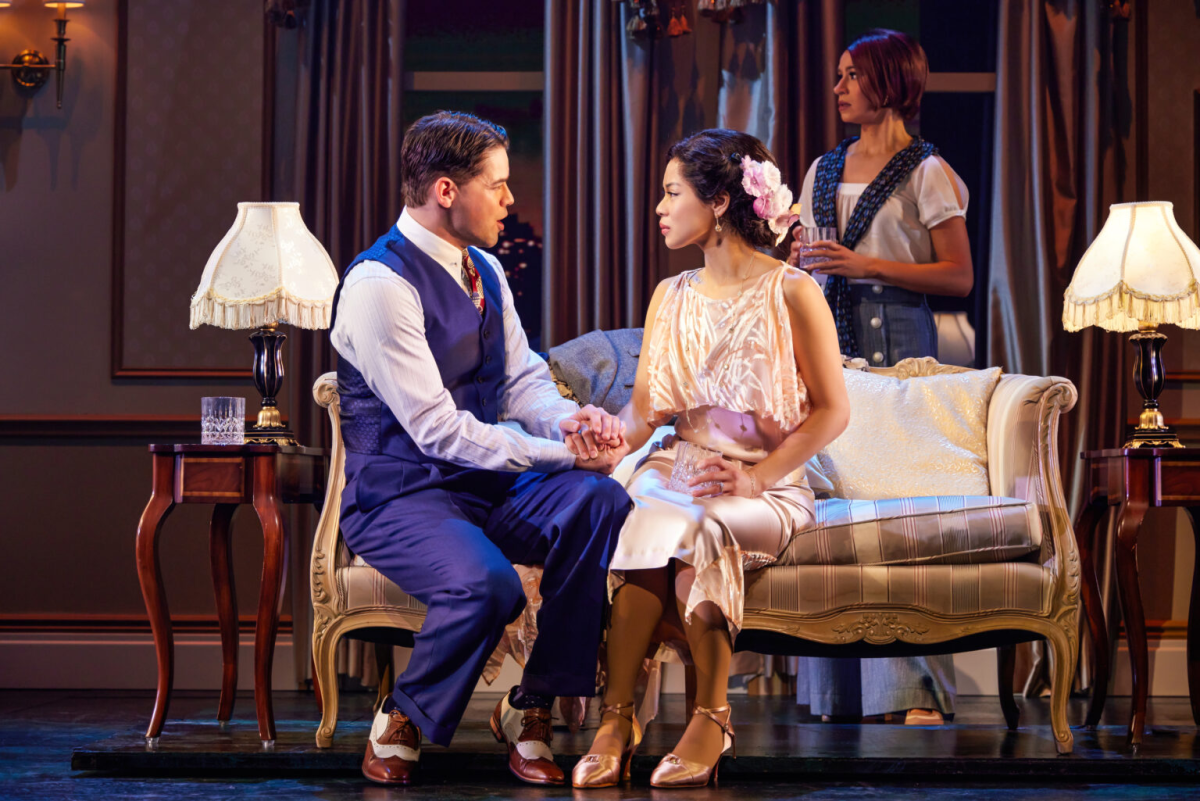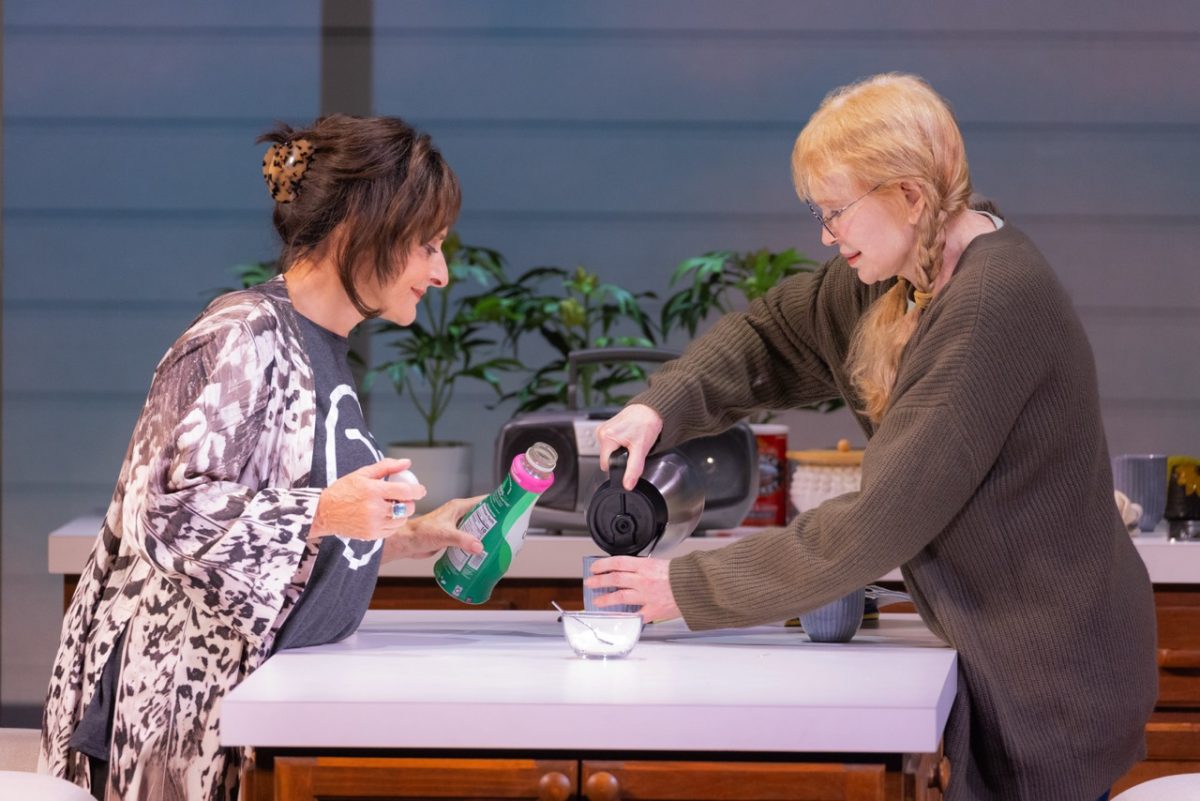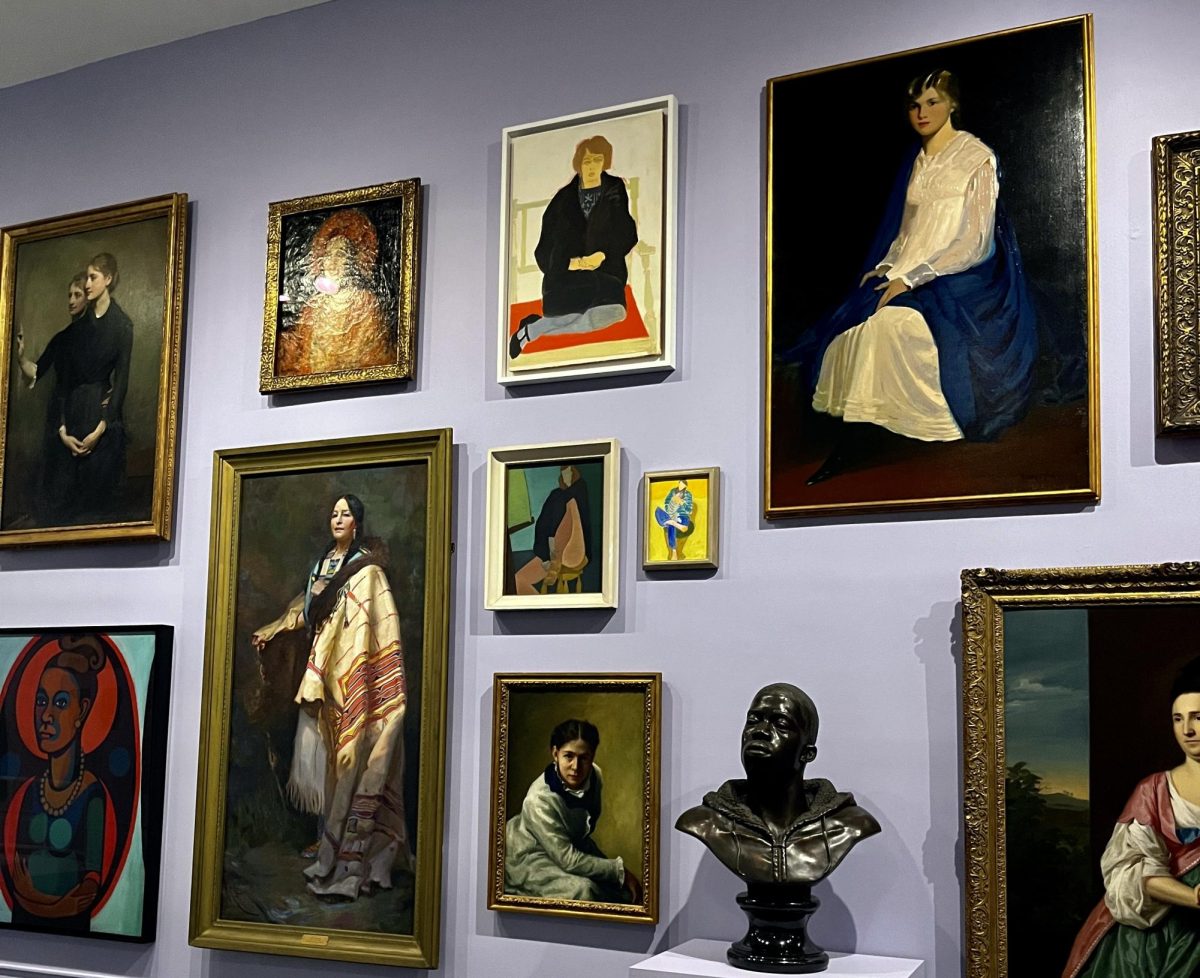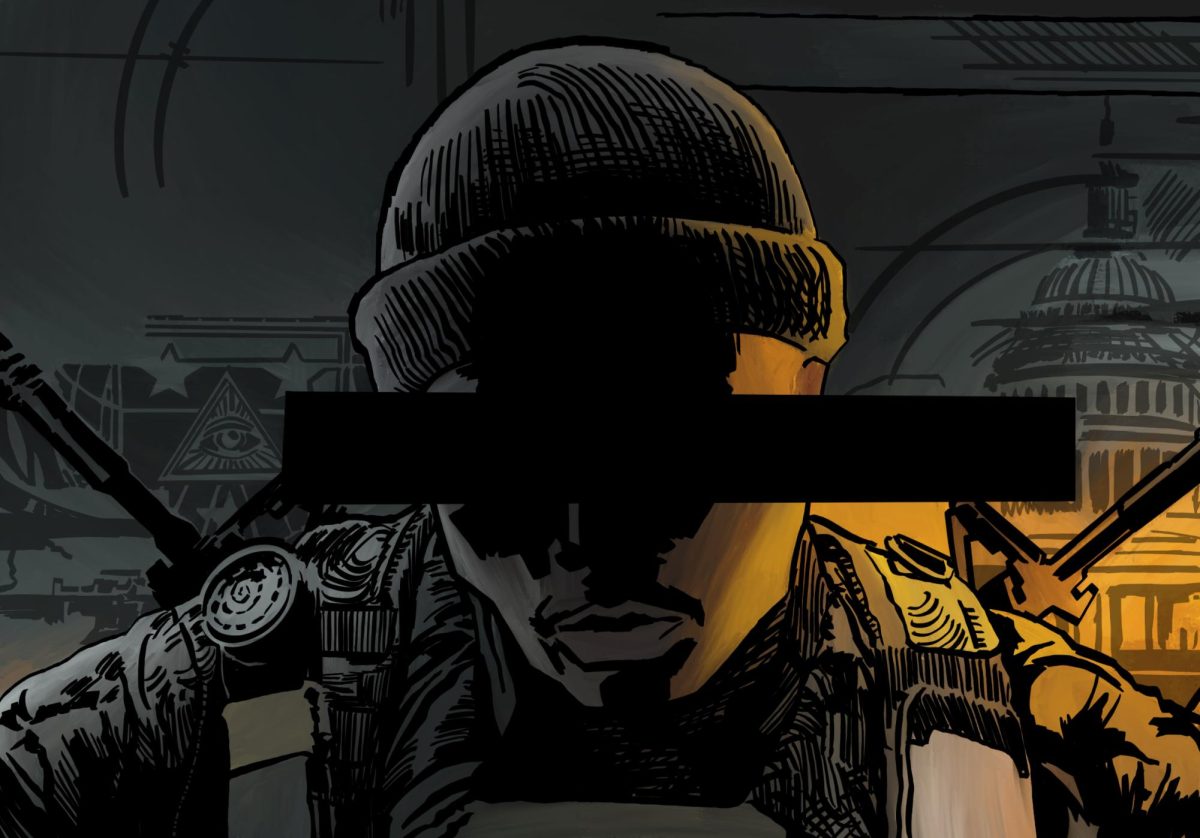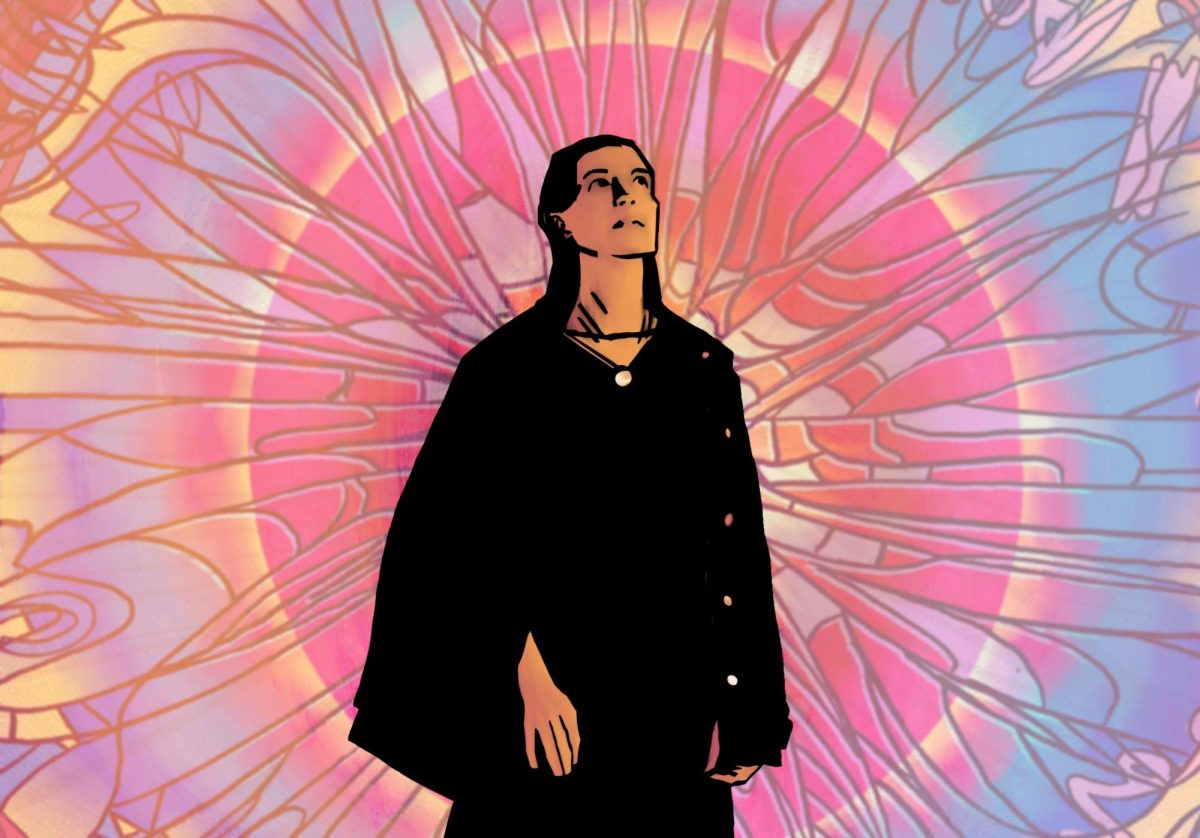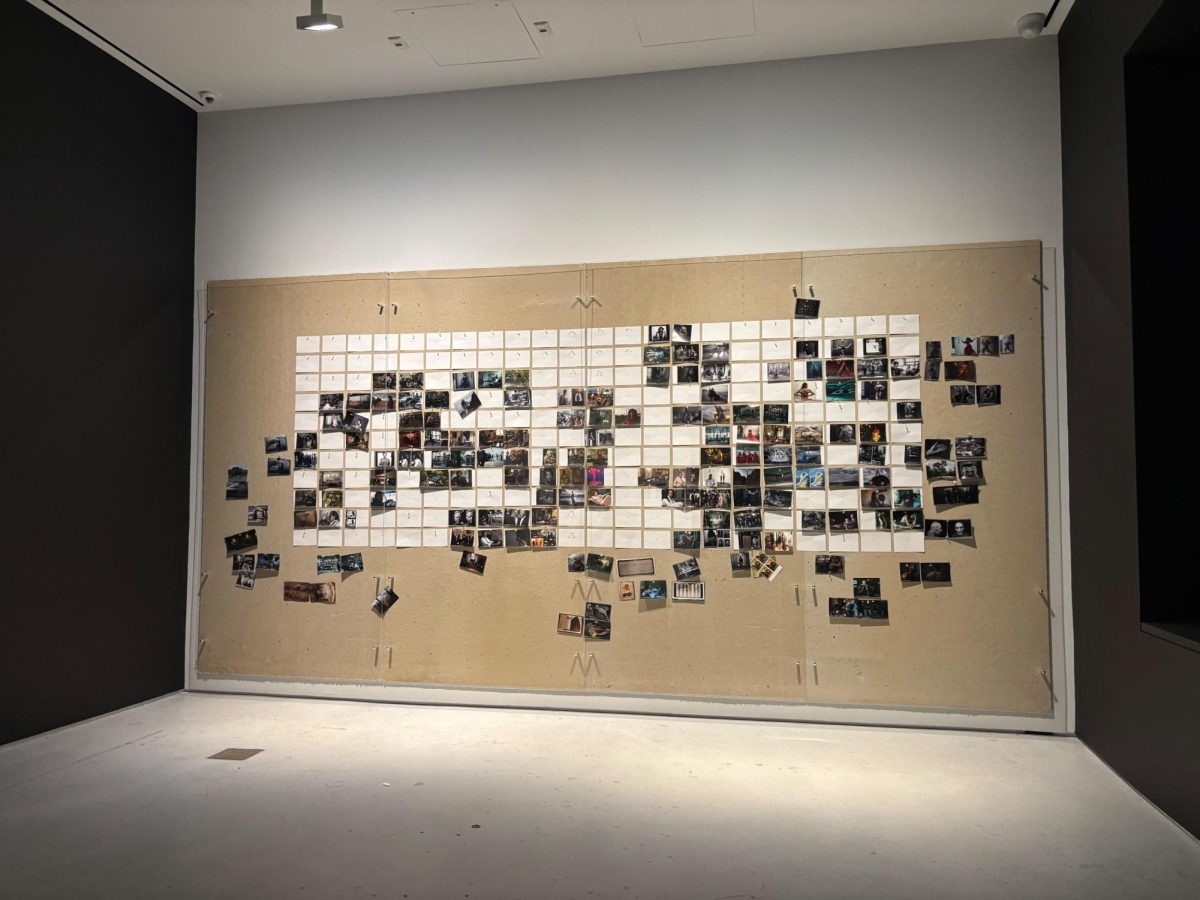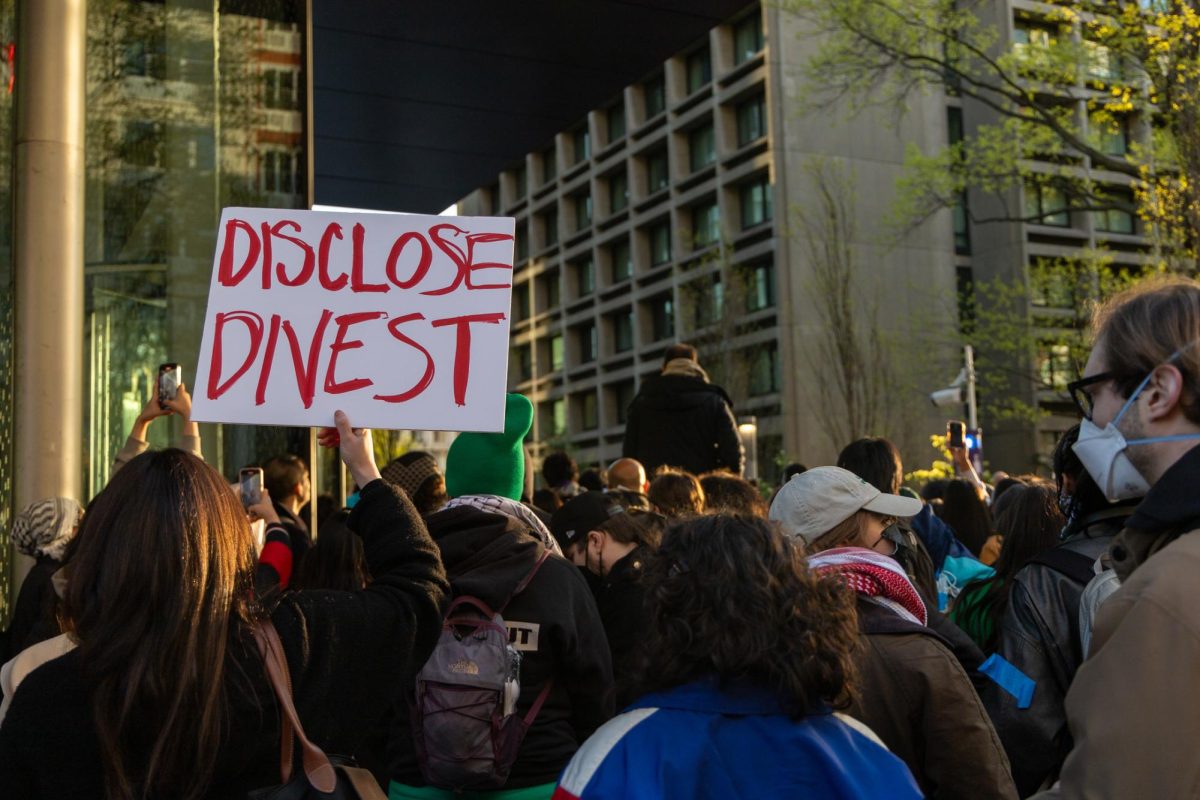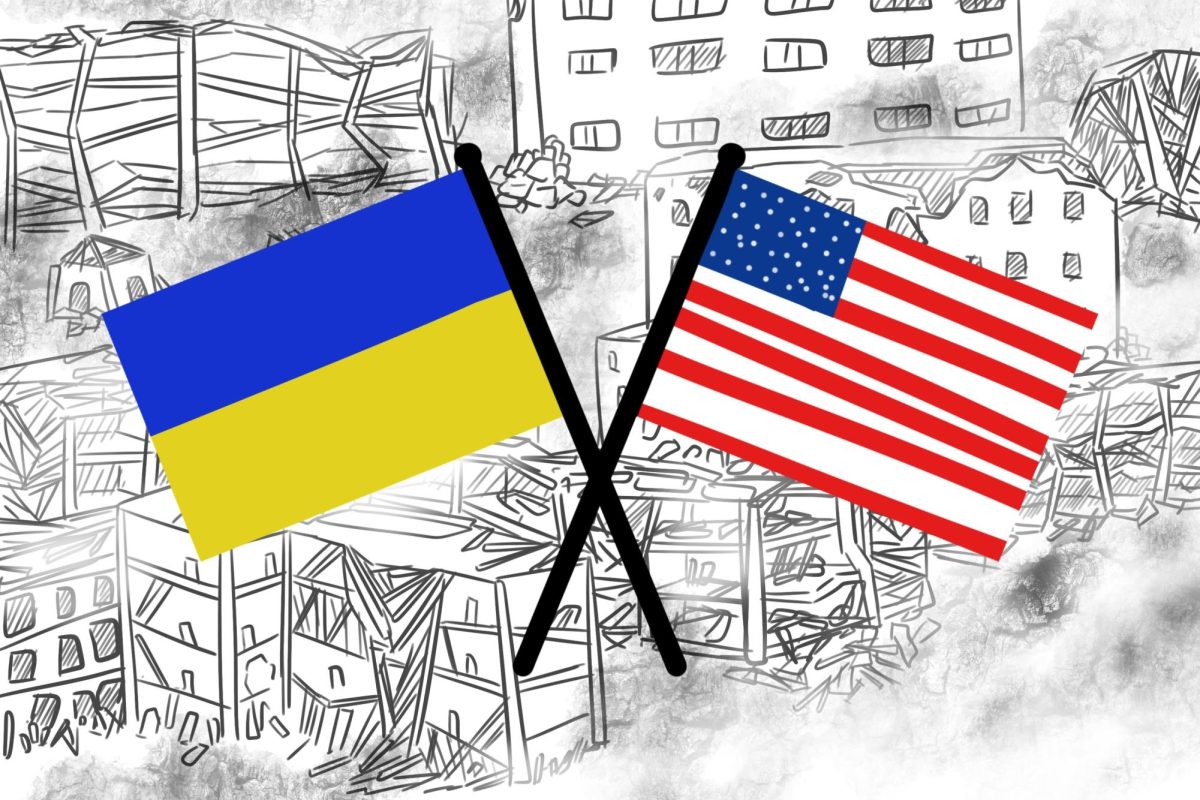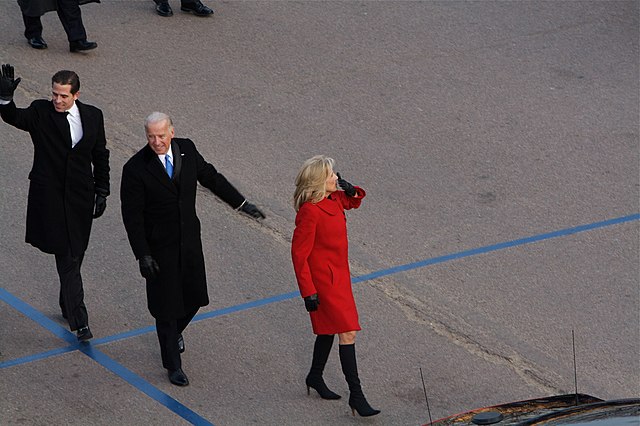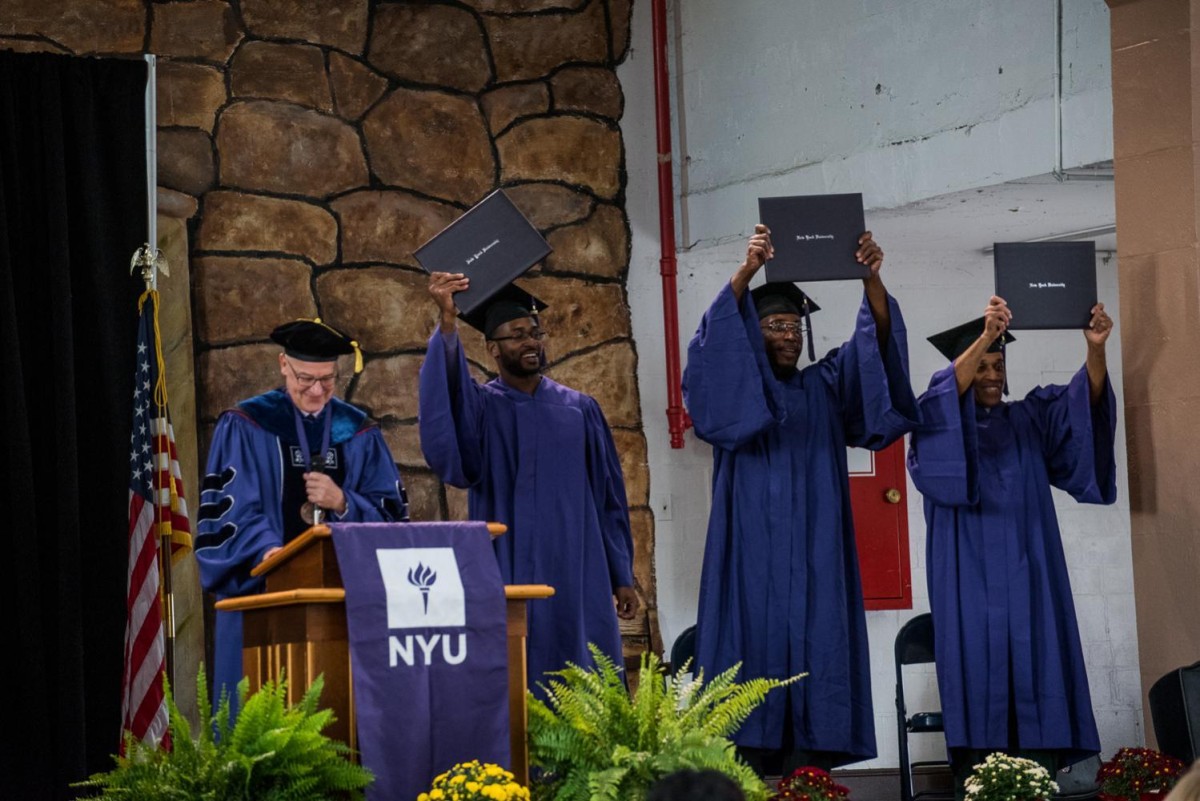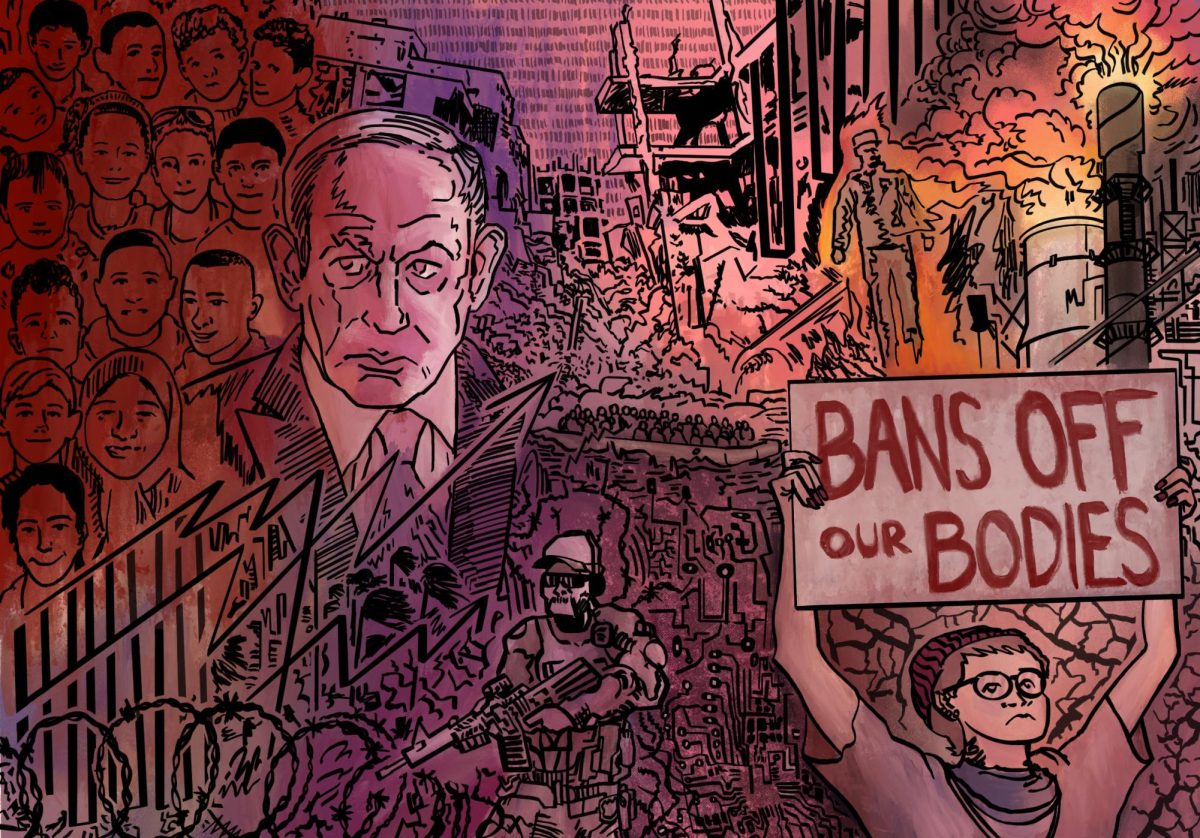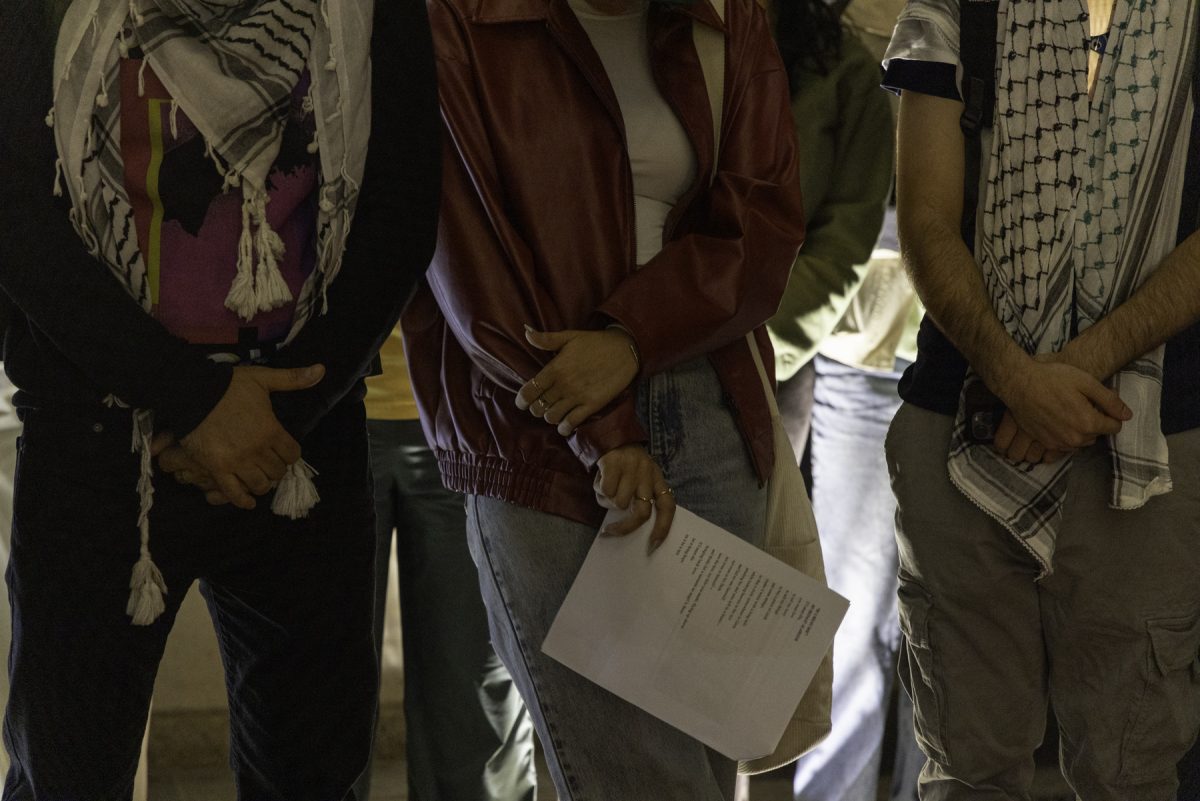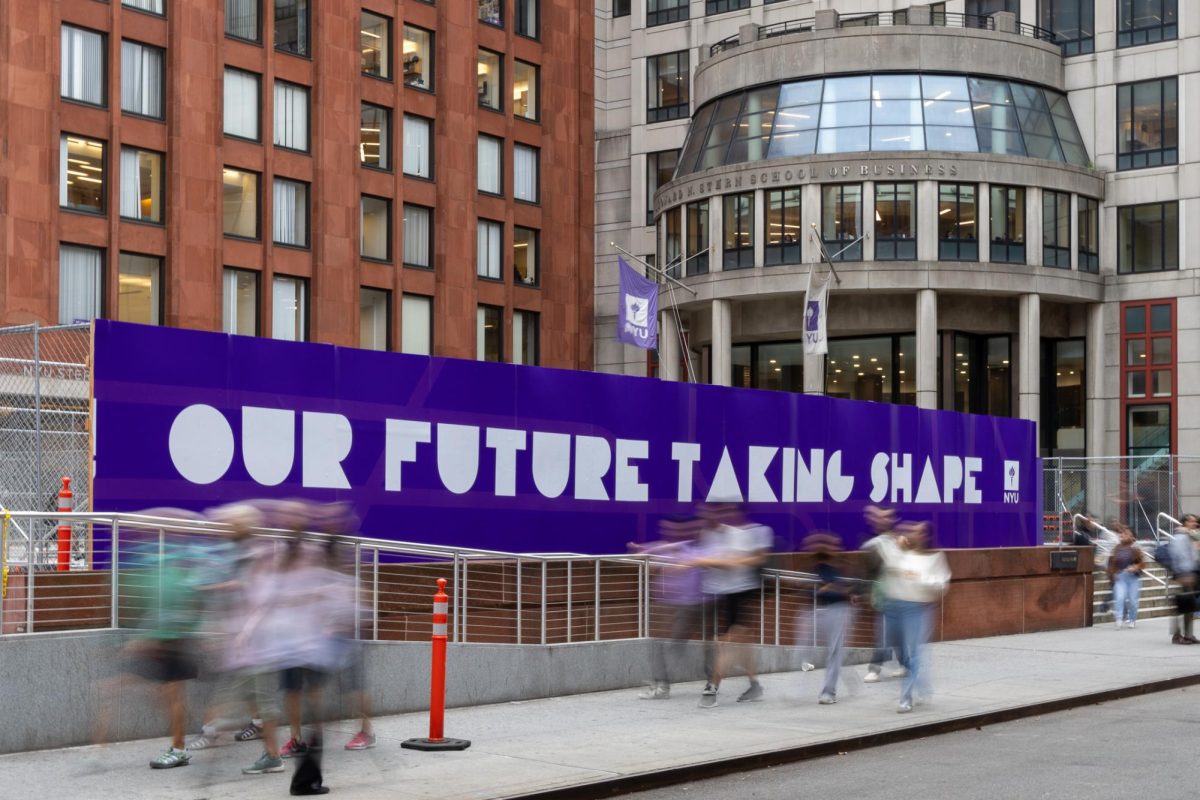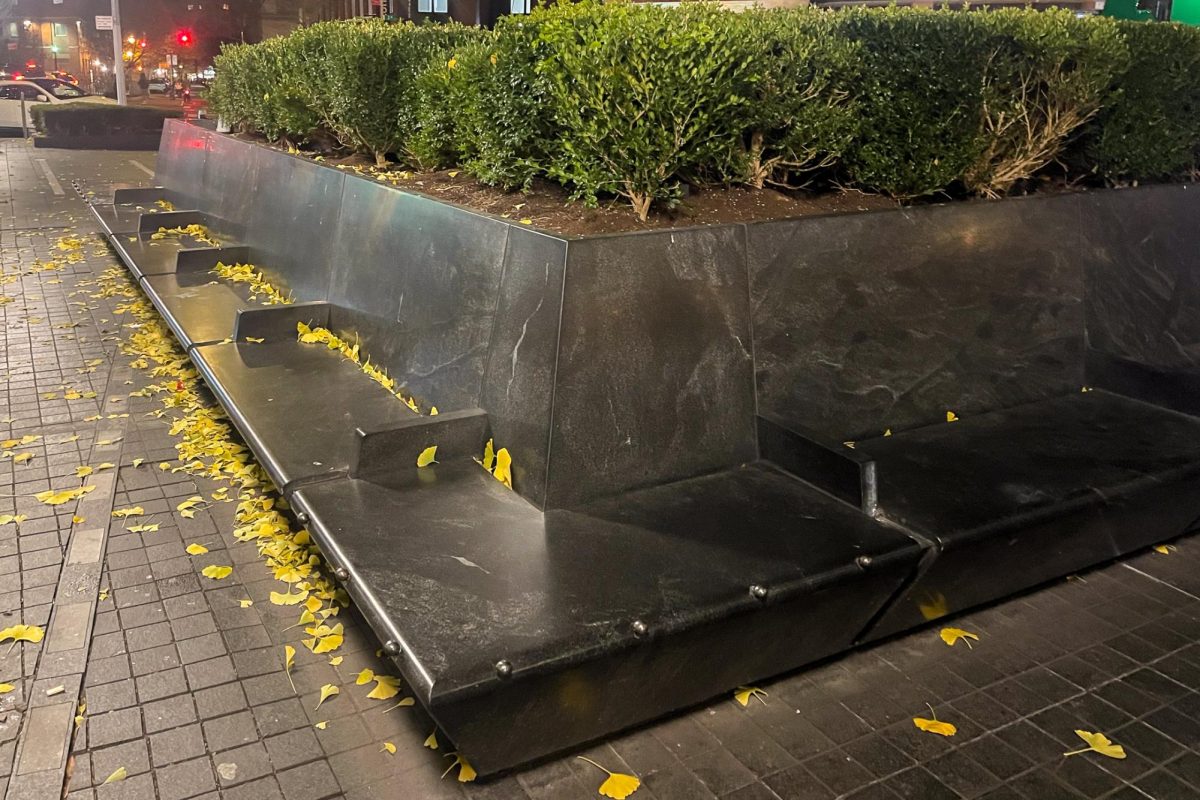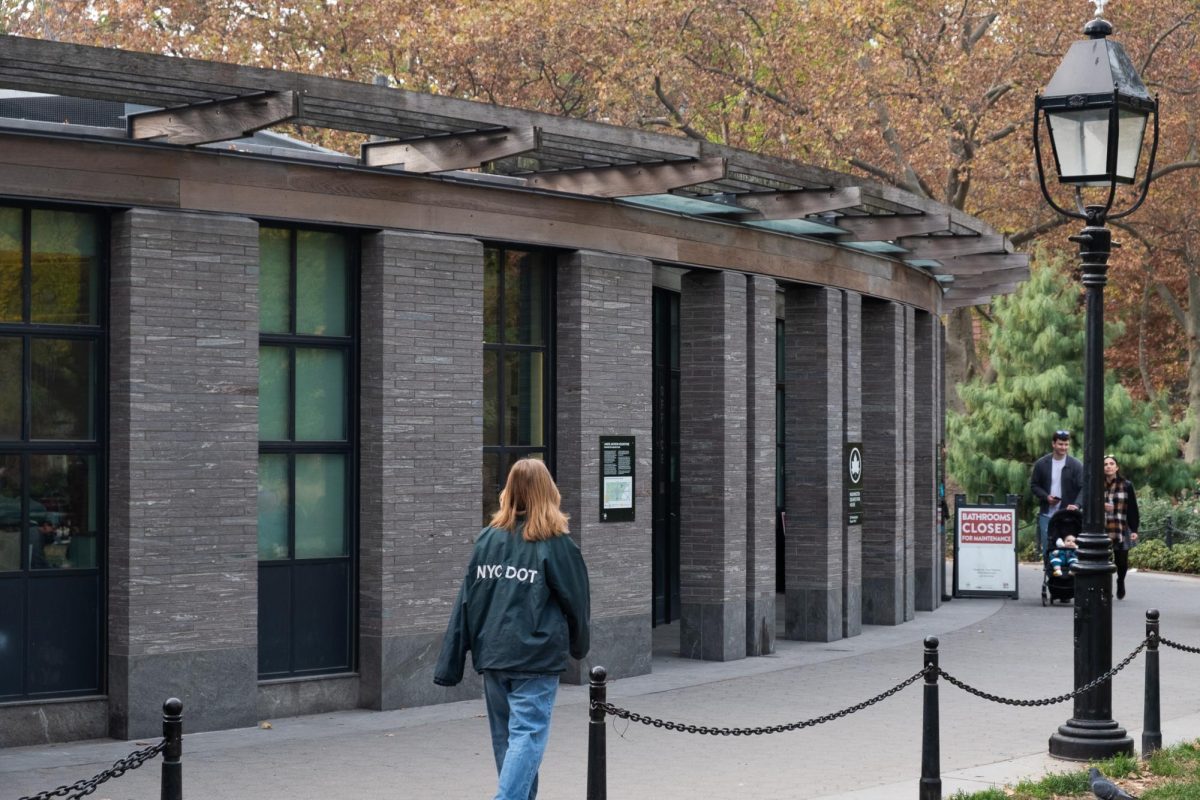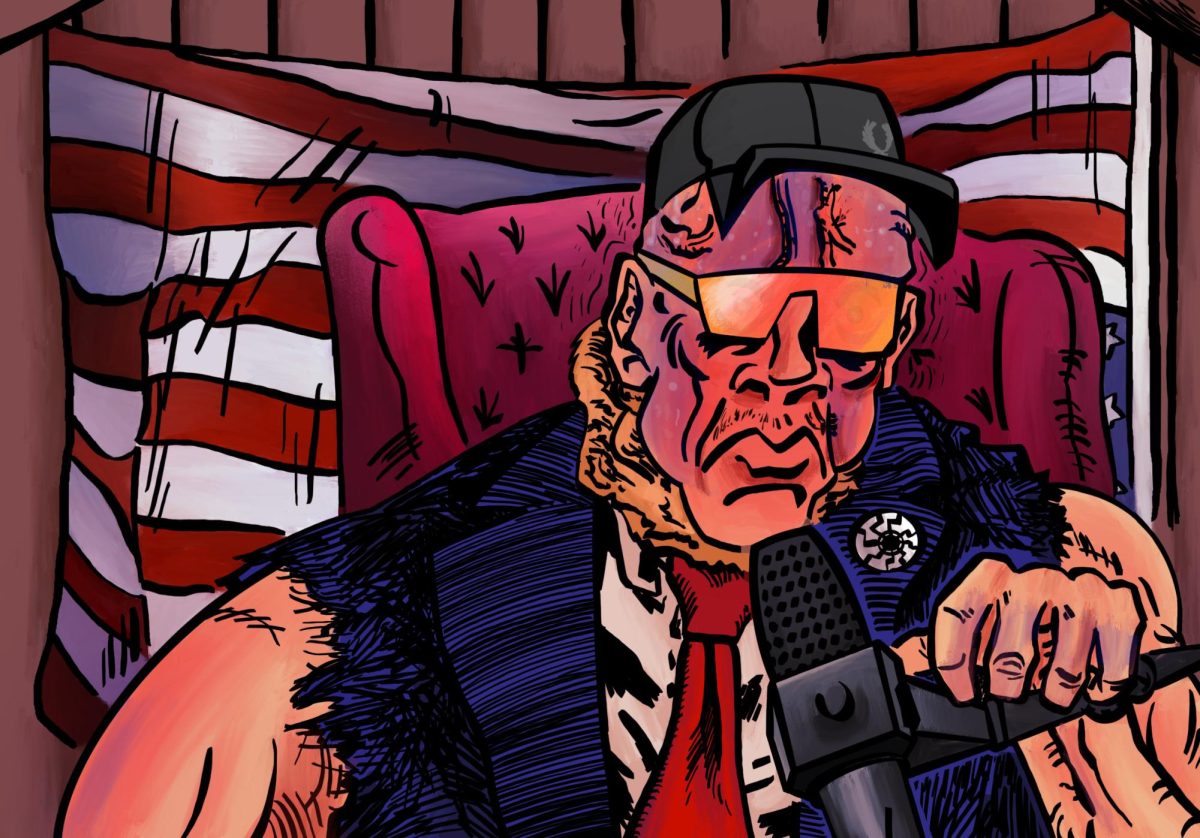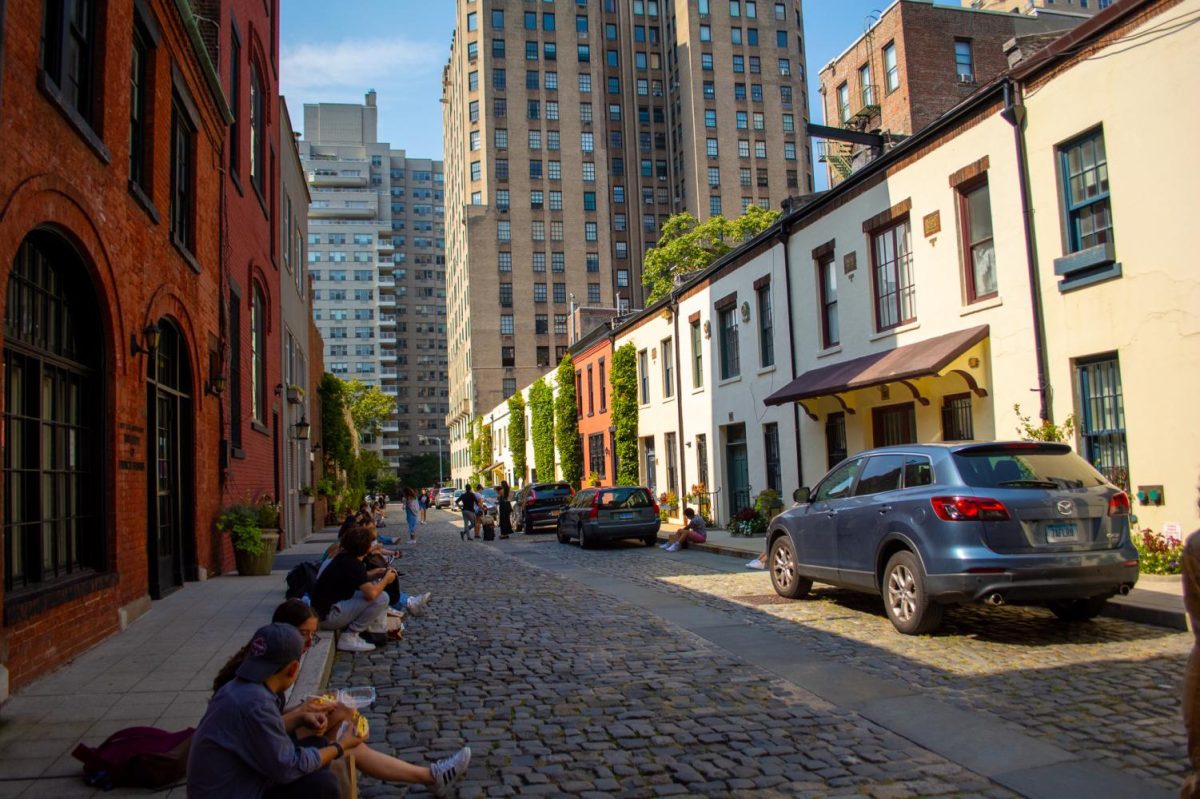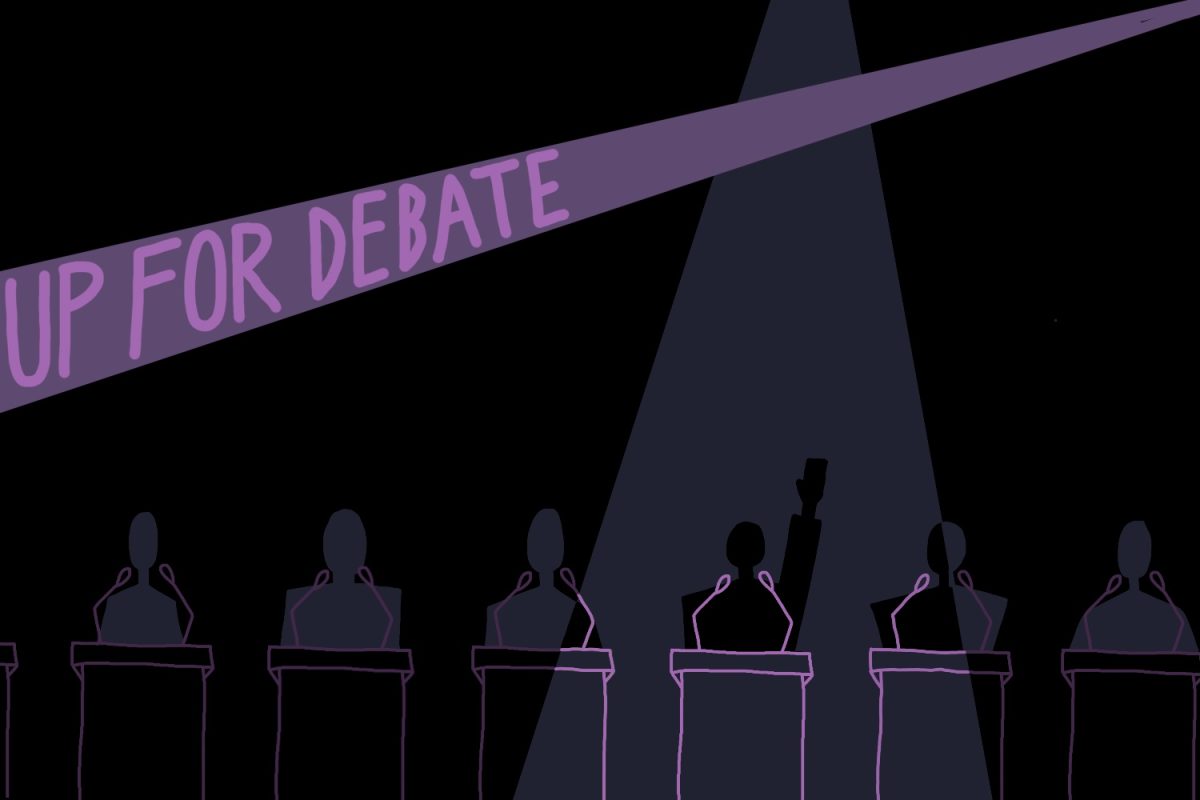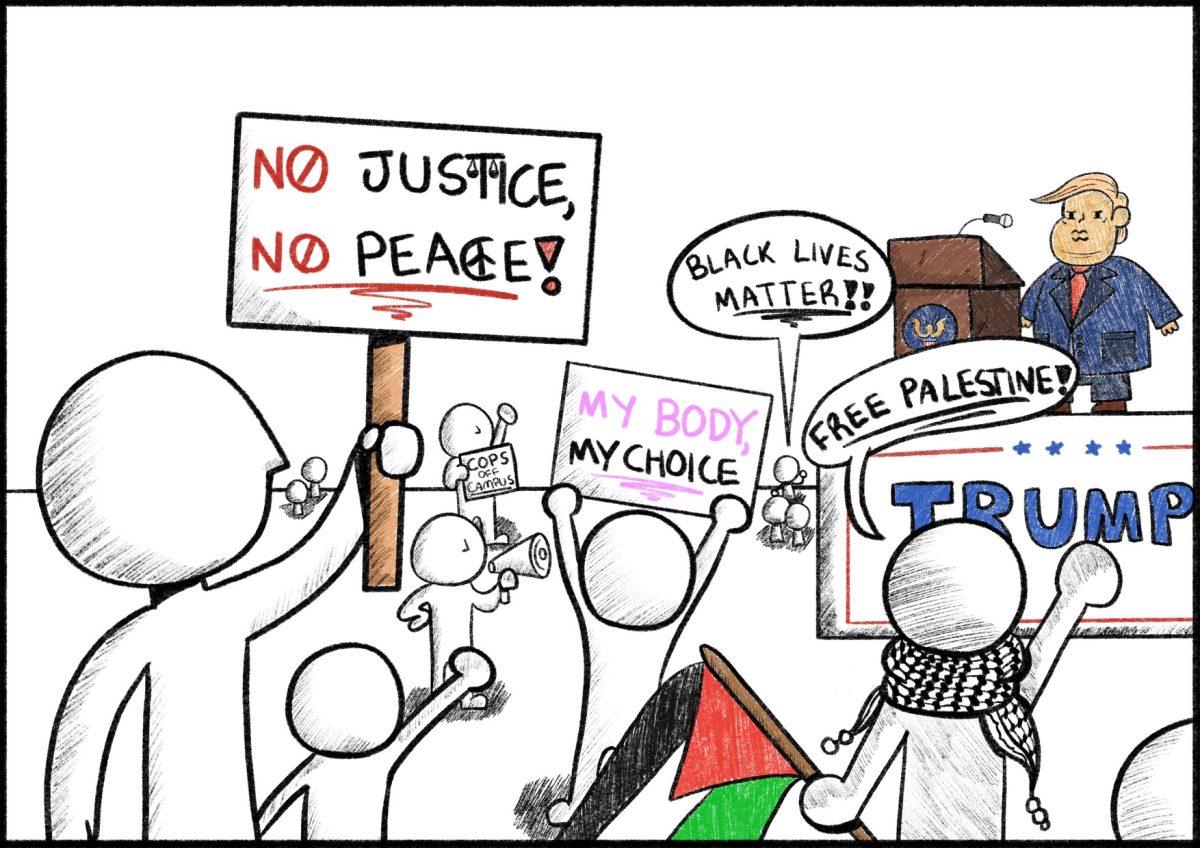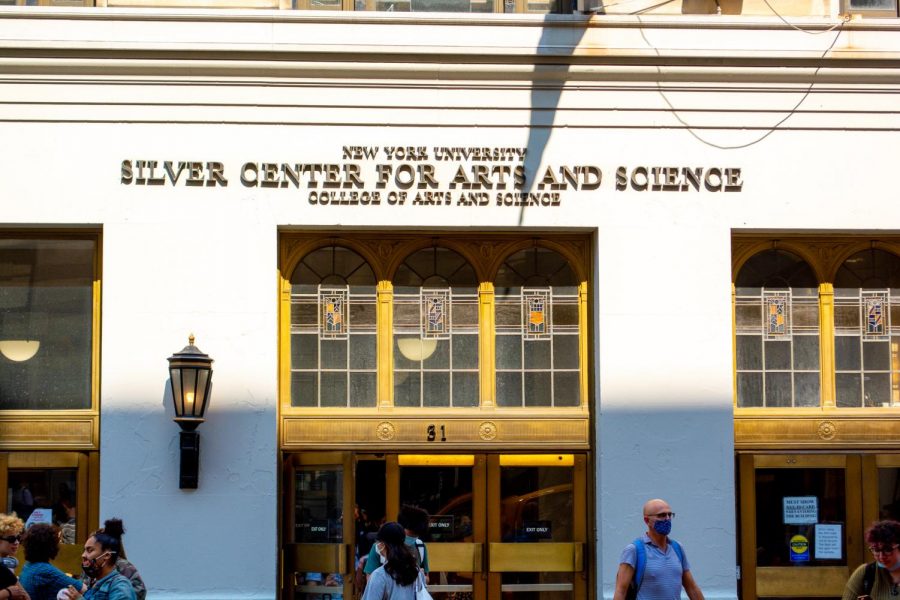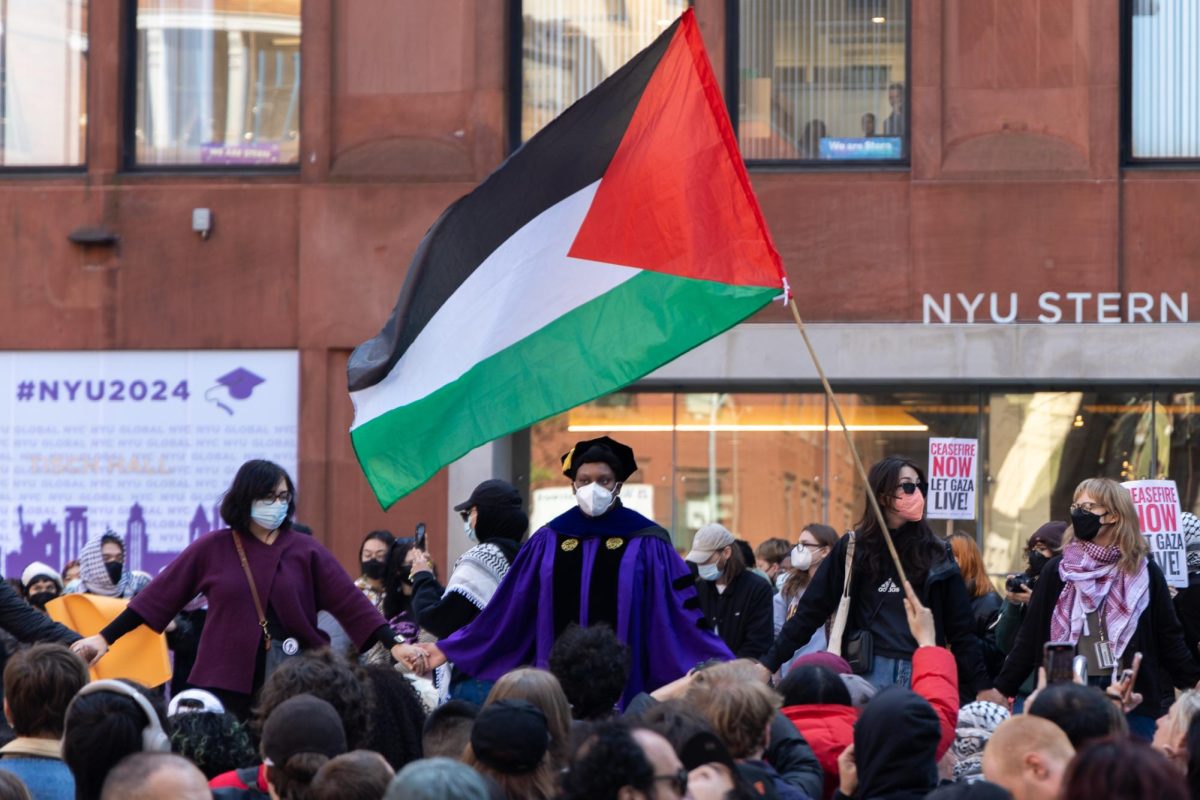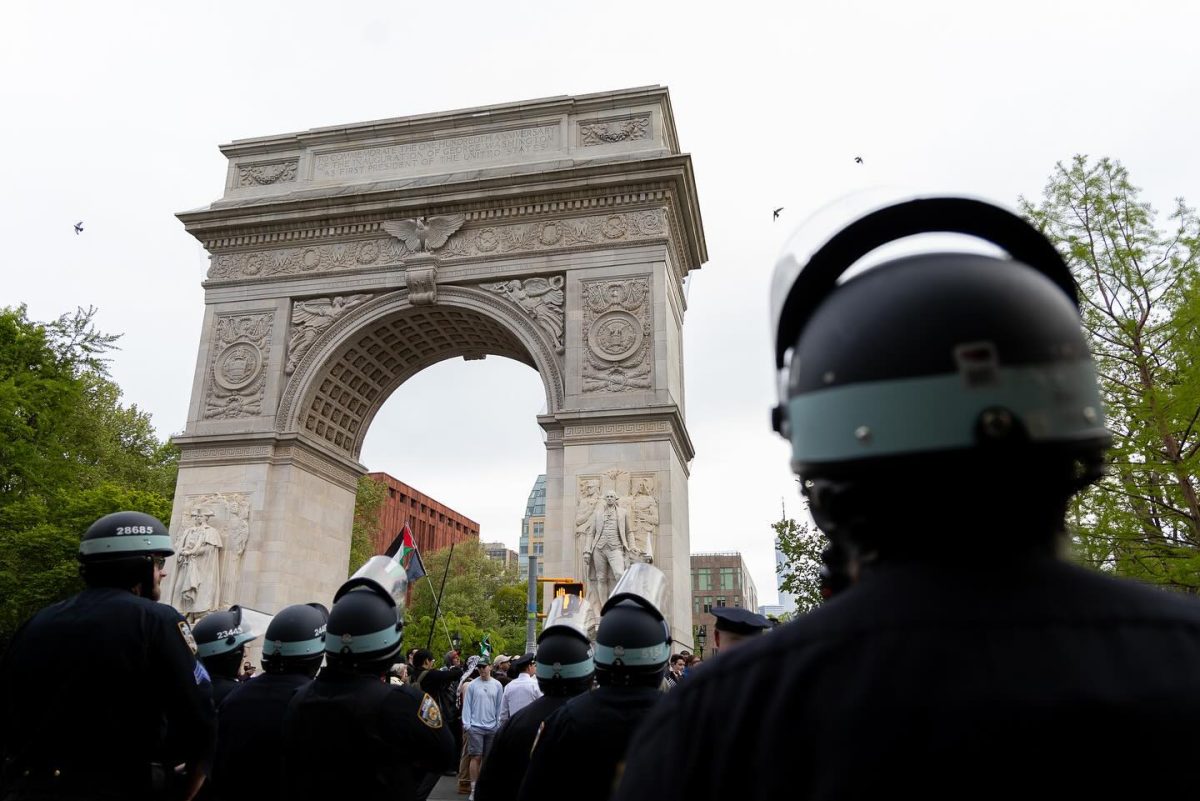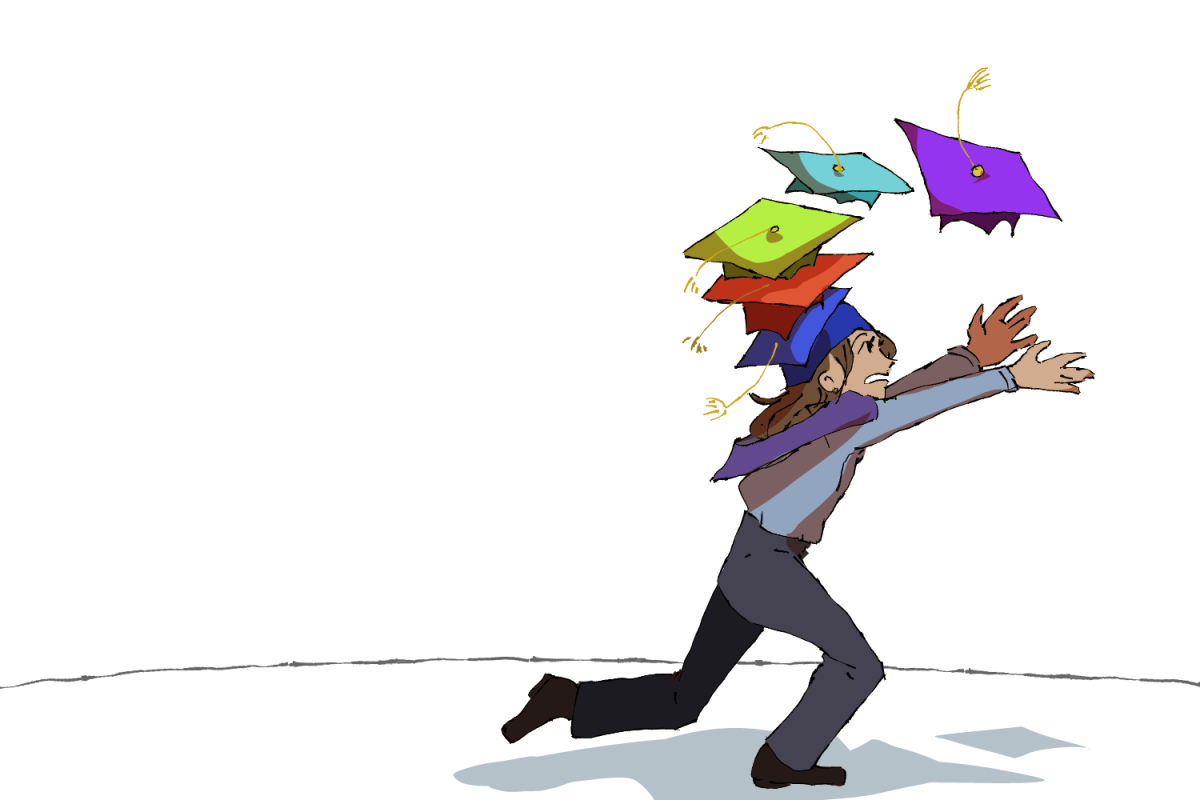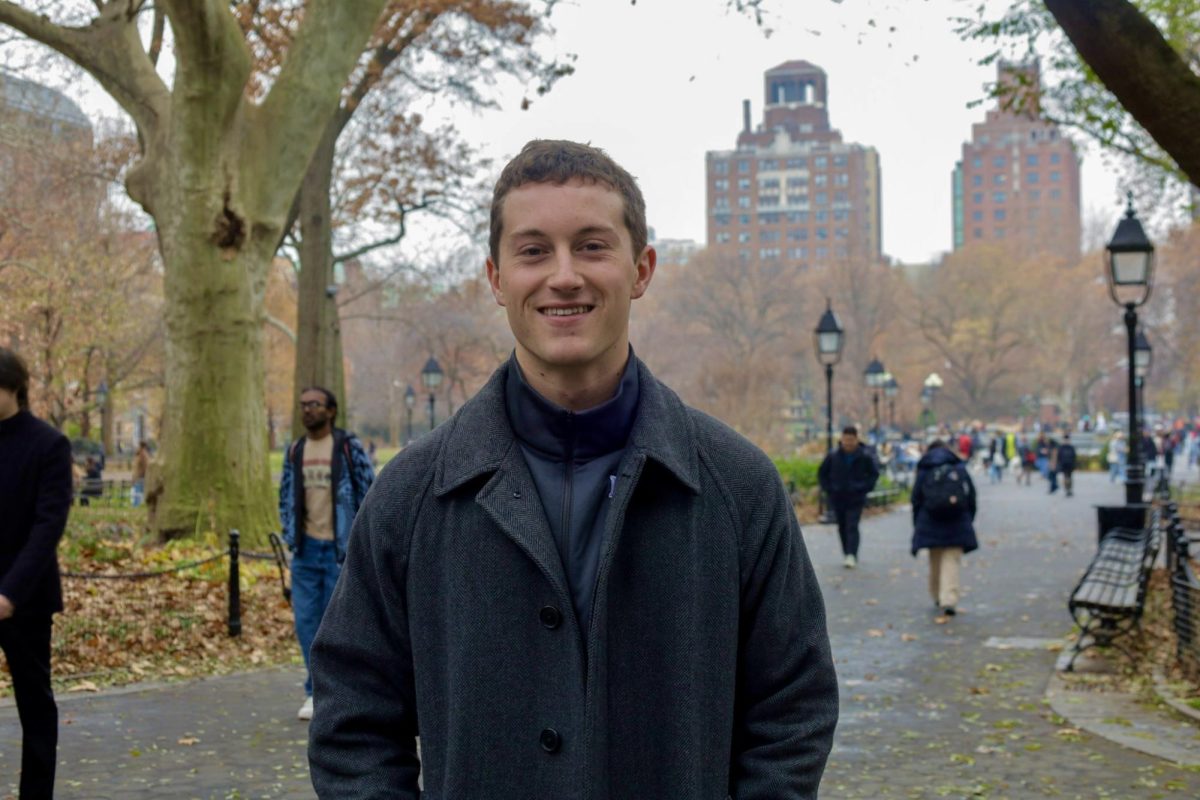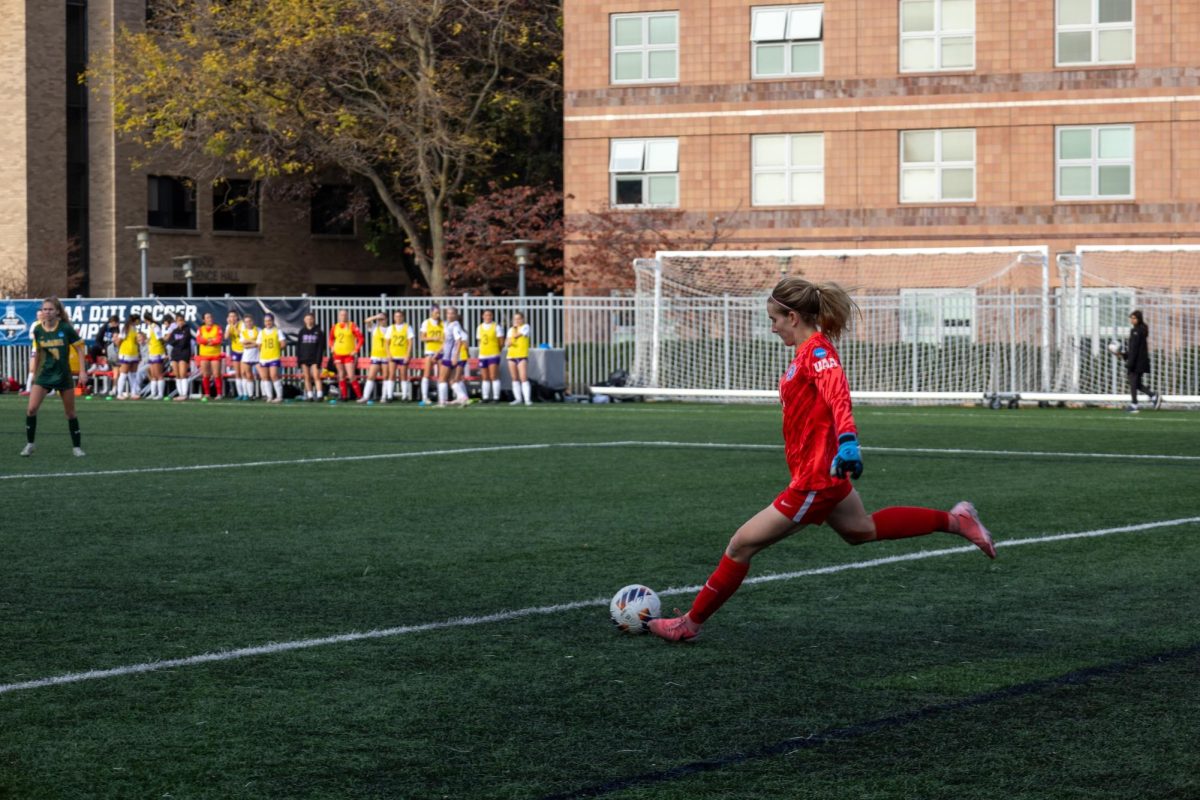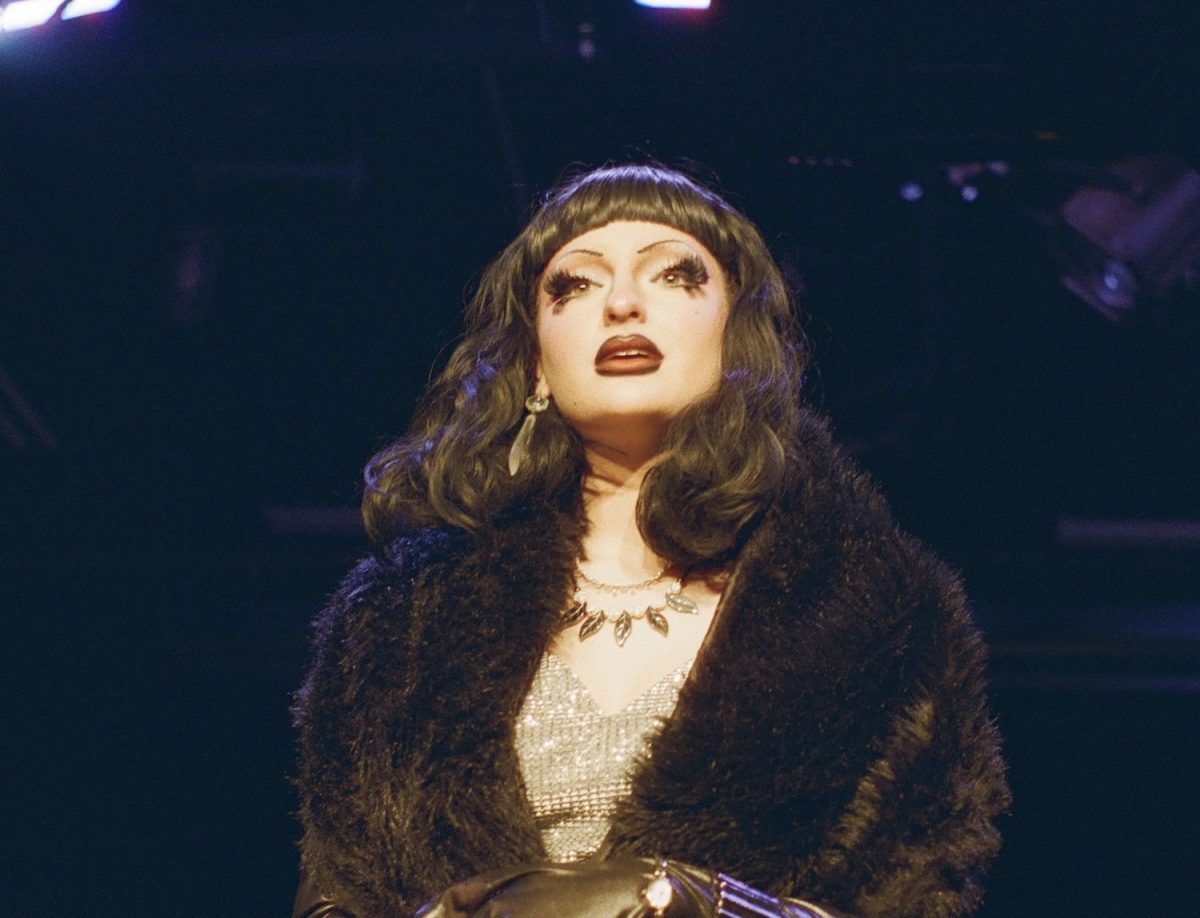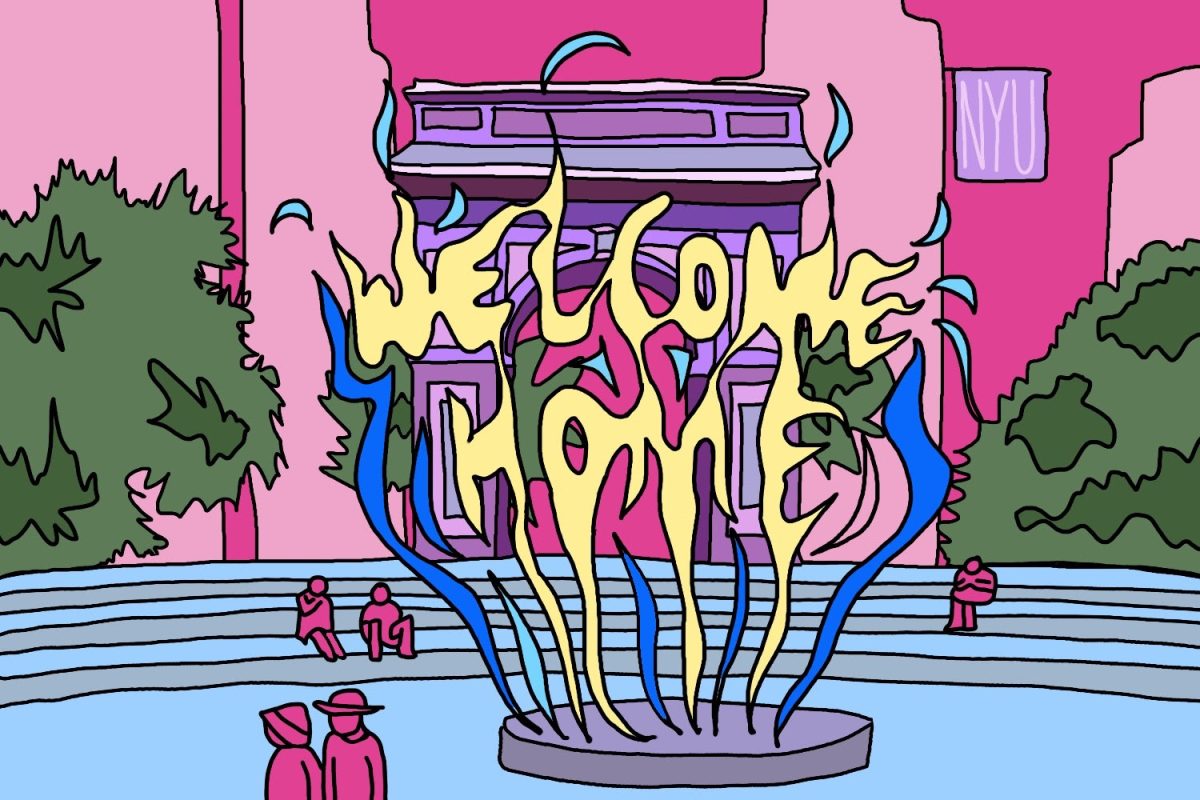Standing inside the dark confines of a large, gray box with only a narrow exit, the sound of one’s breathing is interrupted when a small screen begins a 15-second countdown. A video shows children dropping their toys in a field in Sderot, Israel, as an approaching air raid thunders, drowning out their laughter. Explosions muffle the screaming of civilians running for the nearest bomb shelter.
On Wednesday, Nov. 21, the Jewish Enrichment Center’s Reunion hall at 38 W. 13th St. was transformed into a temporary multimedia art exhibition site. An installation aptly titled “The Bomb Shelter Museum,” a bomb shelter turned into a theater, occupied central space in the hall.
“What’s not really appreciated is how … terrible and stark and traumatic these bomb shelters are,” said Craig Dershowitz, executive director of advocacy group Artists 4
Israel, after scenes of obliterated homes, blood-stained streets and terror-stricken mothers came to a conclusion.
“You’re crammed in [the shelter]. There is no ventilation. There are no windows. Obviously, there’s no heat or air conditioning. There’s no bathroom,” he said. “You could be in there for 10 minutes. You could be in there for eight hours, 10 hours, all day.”
Artists 4 Israel is an organization that sends artists to cities in Israel, like Sderot, to paint murals over the exteriors of these bleak bomb shelters stationed anywhere from playgrounds to bus stops.
“Any artistically credible thing is better than the ugly, grey, cold, heartless shelter,” Dershowitz said.
The shelter, transiently stationed at the Jewish Enrichment Center, has many hearts — small paper ones scattered on the floor. They reflect light from the grim video reel
looping in a pitch-black mist.
“Those represented my heart breaking … every time I hear of a missile being fired,” said Natalie Soloman, assistant director of special programs at the Birthright Israel Alumni Community.
Soloman, Dershowitz and other artists collaborated to set up the exhibition in 48 hours. Soloman had spent the morning cutting construction paper into the shape of hearts.
For Soloman, this exhibition is part of an effort to focus on children in Israel who are affected by Post Traumatic Stress Disorder and ultimately, to humanize a reality conflated by the abstract politics of war.
The shelter has already been installed at many universities, including NYU.
“This grey box has traveled on a 24-foot flatbed truck around Queens, New Jersey and Manhattan and has been in Washington Square Park,” Soloman said. ”[It has helped people] come up with their own sense of truth.”
In the coming weeks, “The Bomb Shelter Museum” will travel to Rutgers University and to Miami, Fla. for Art Basel, the second-largest contemporary art fair in the world.
Dershowitz hopes the exhibit will unite people if only in a simple realization.
“The actuality of being in a bomb shelter is terrifying and utterly scarring to the human psyche,” Dershowitz said.
A version of this article appeared in the Monday, Nov. 26 print edition. Jane Gayduk is a contributing writer. Email her at [email protected].

